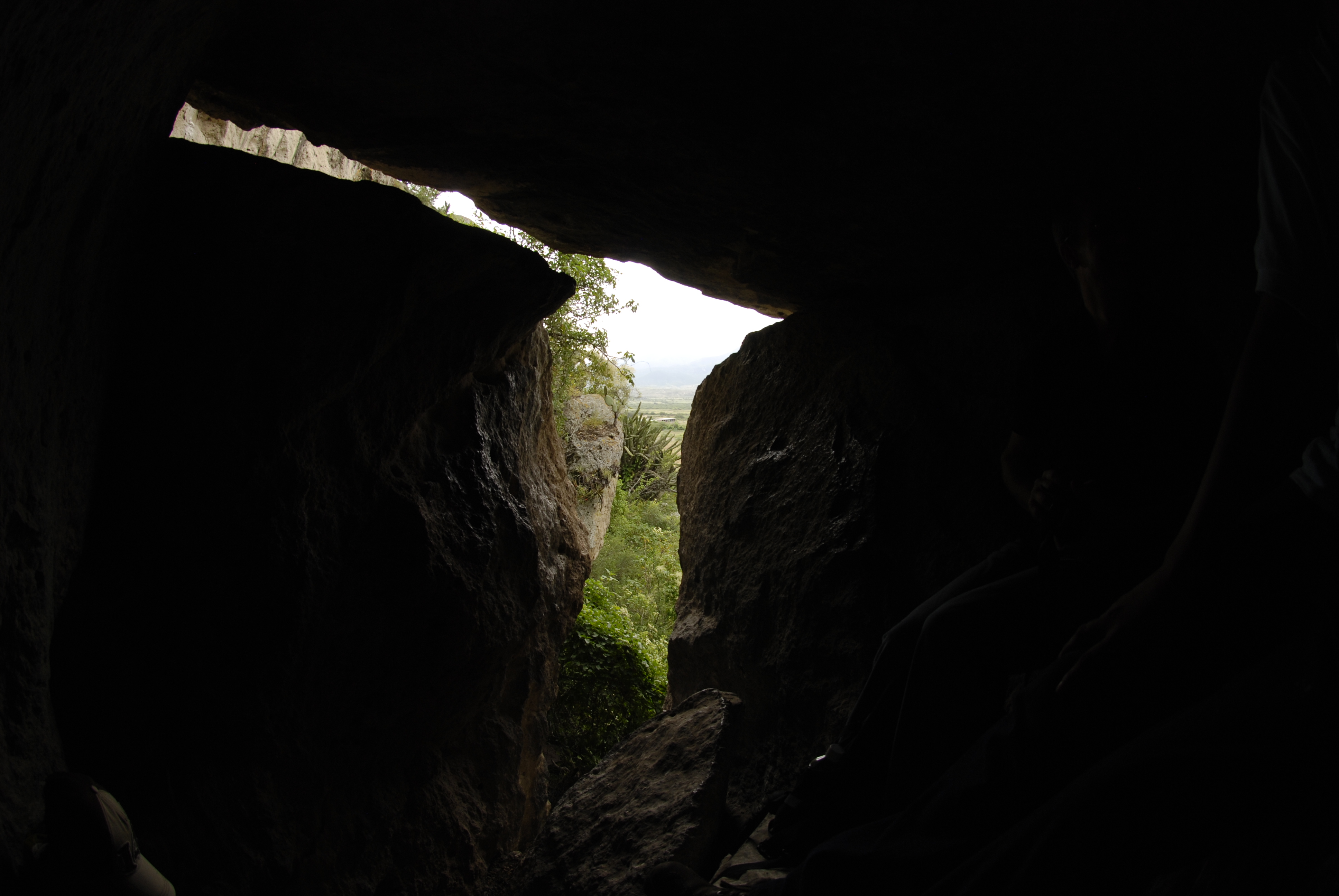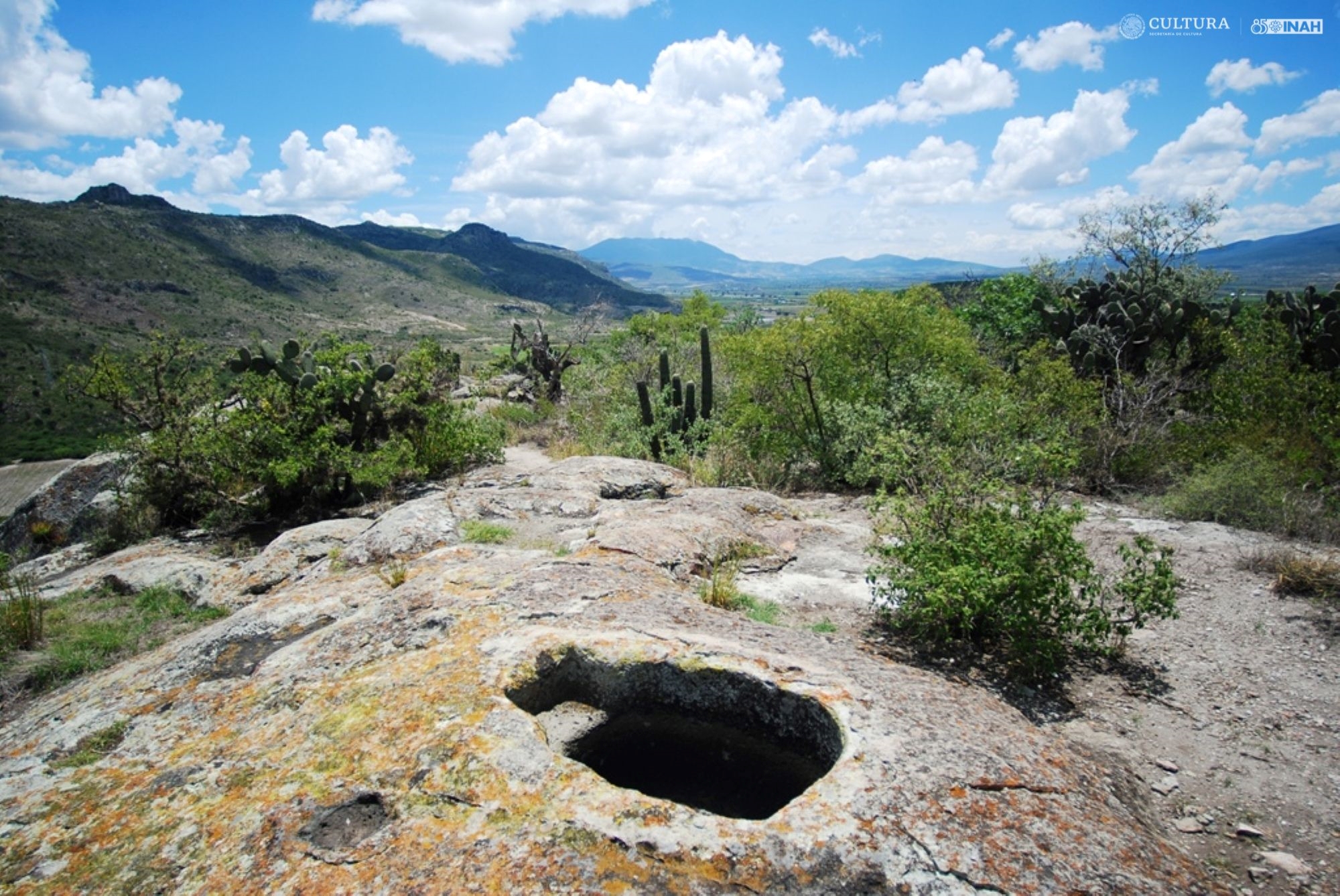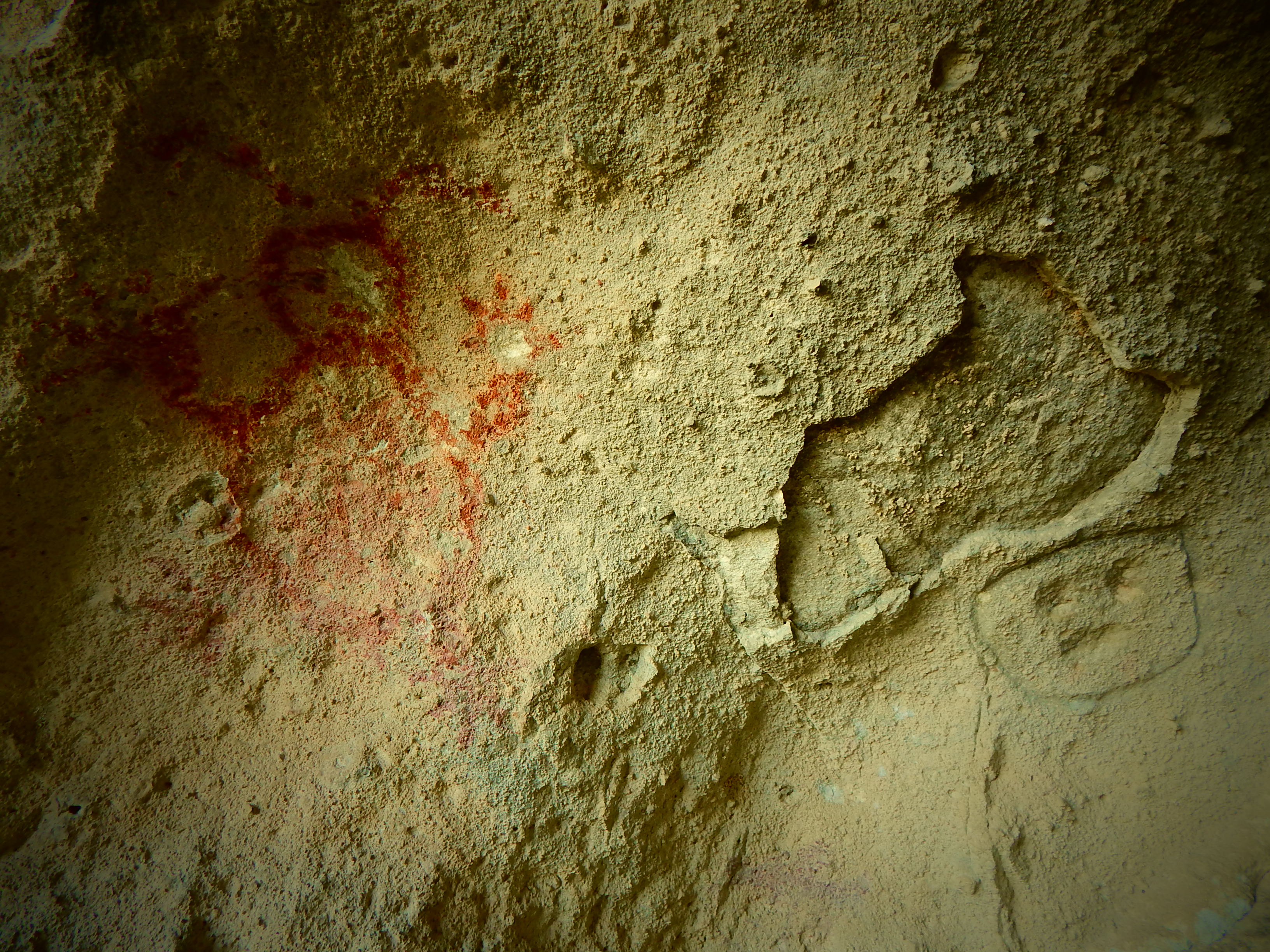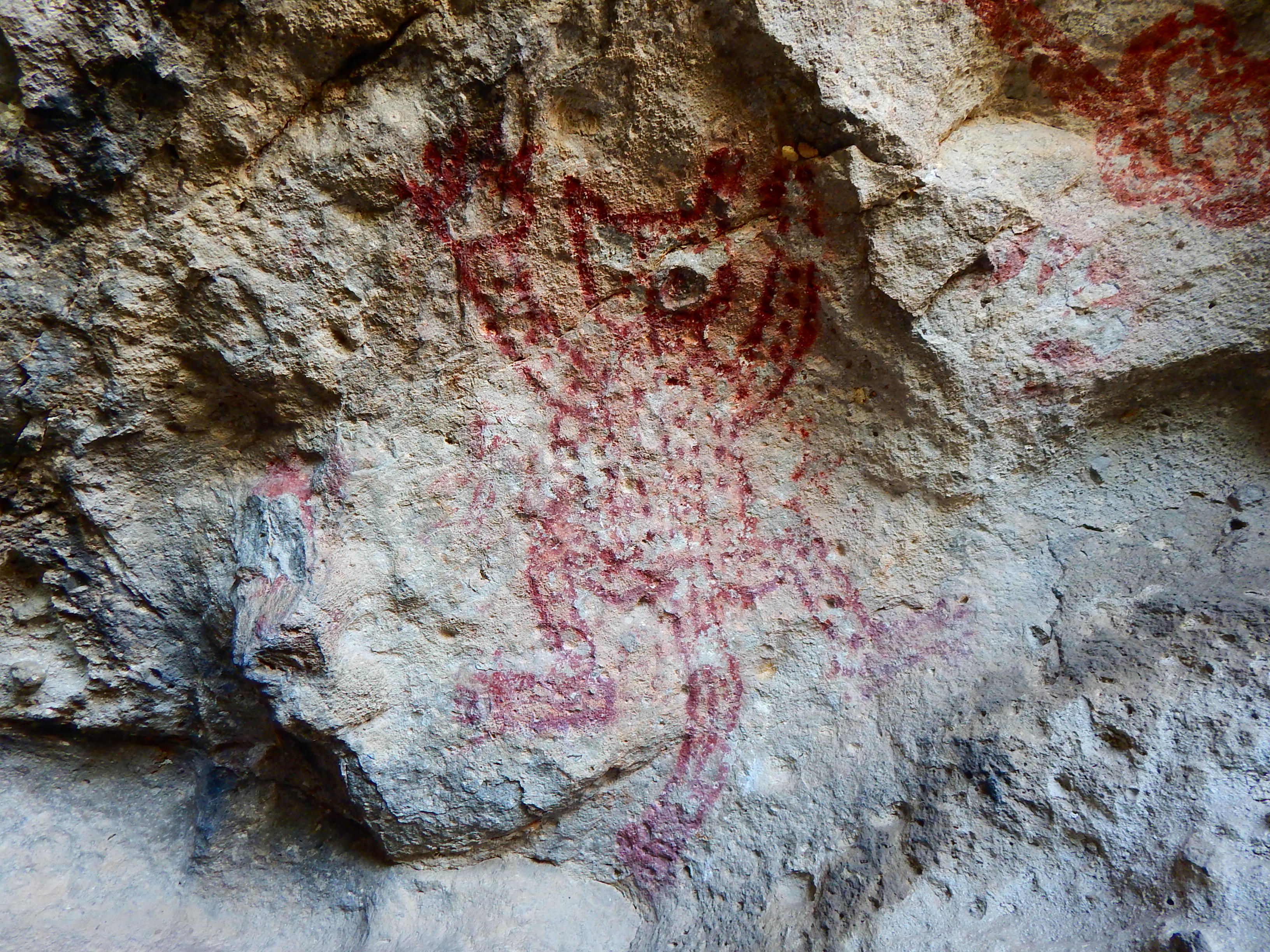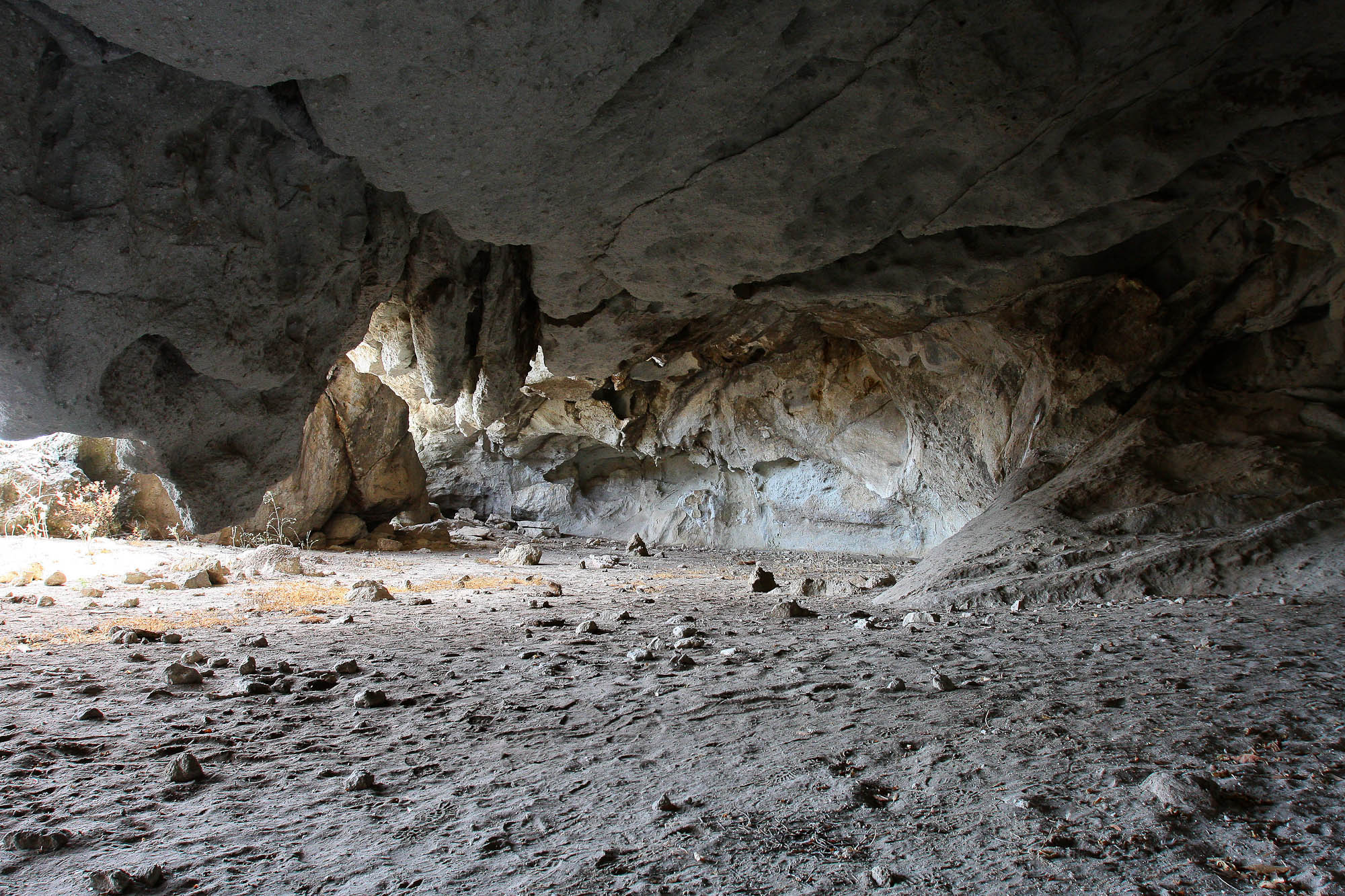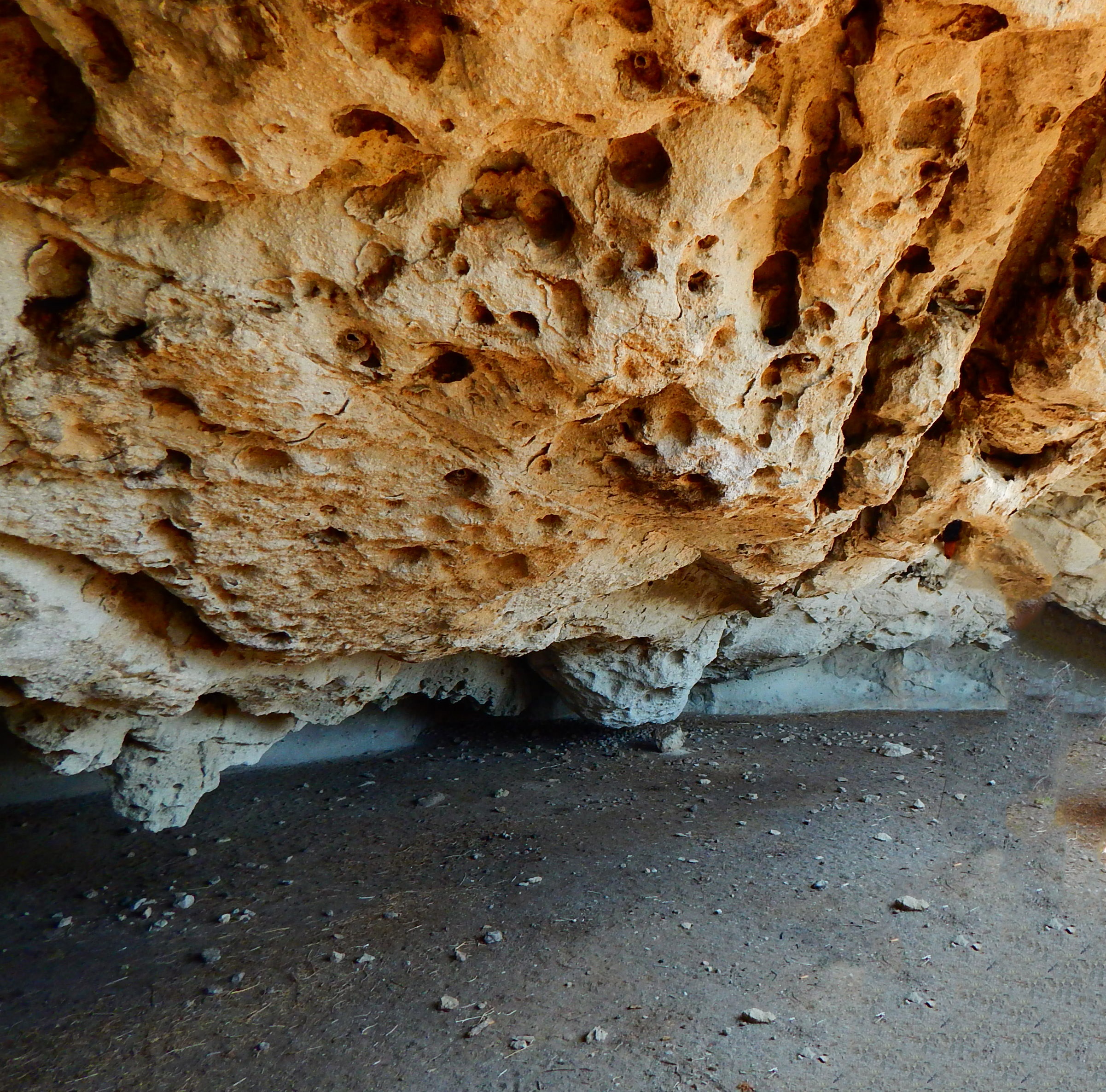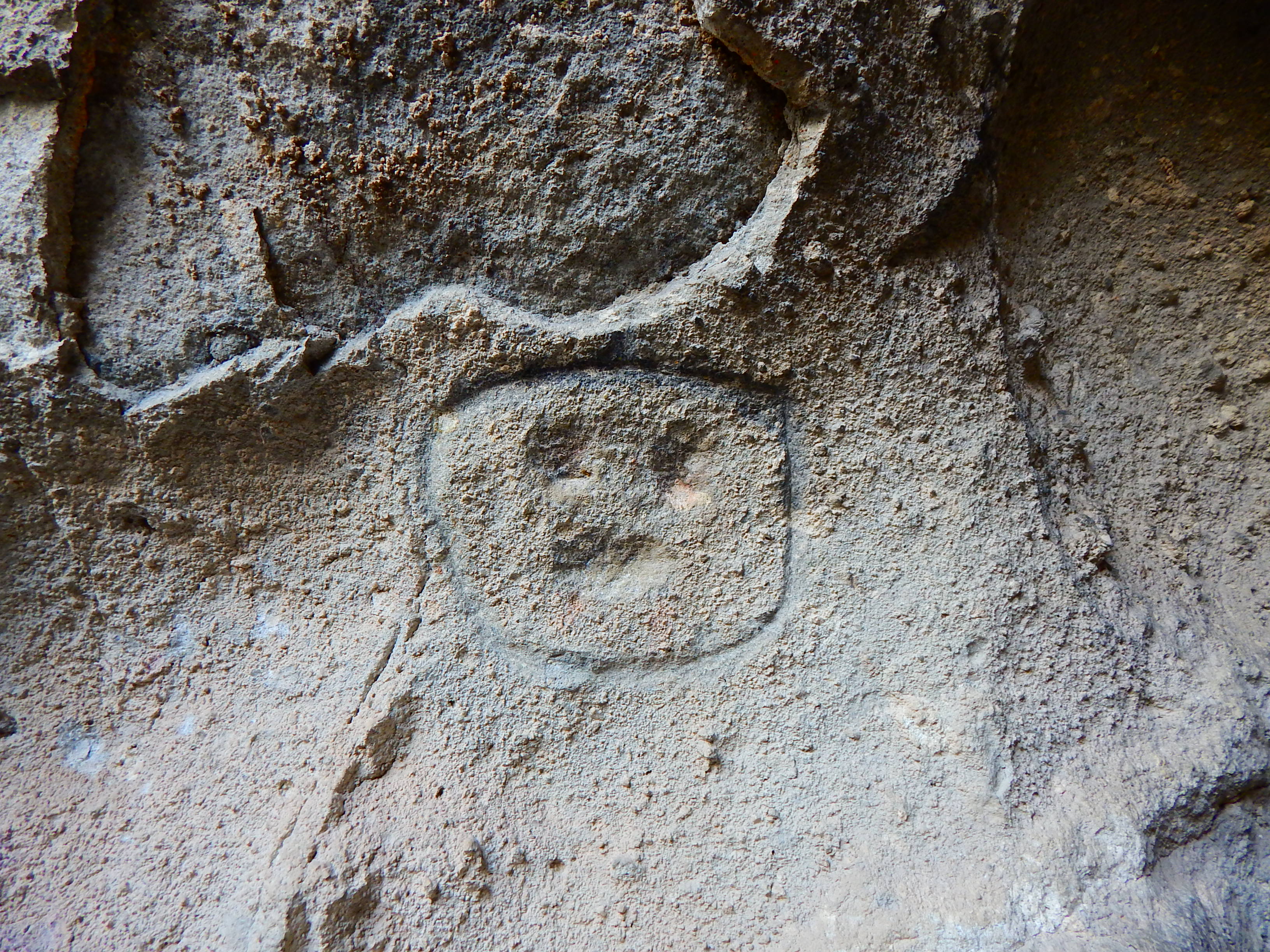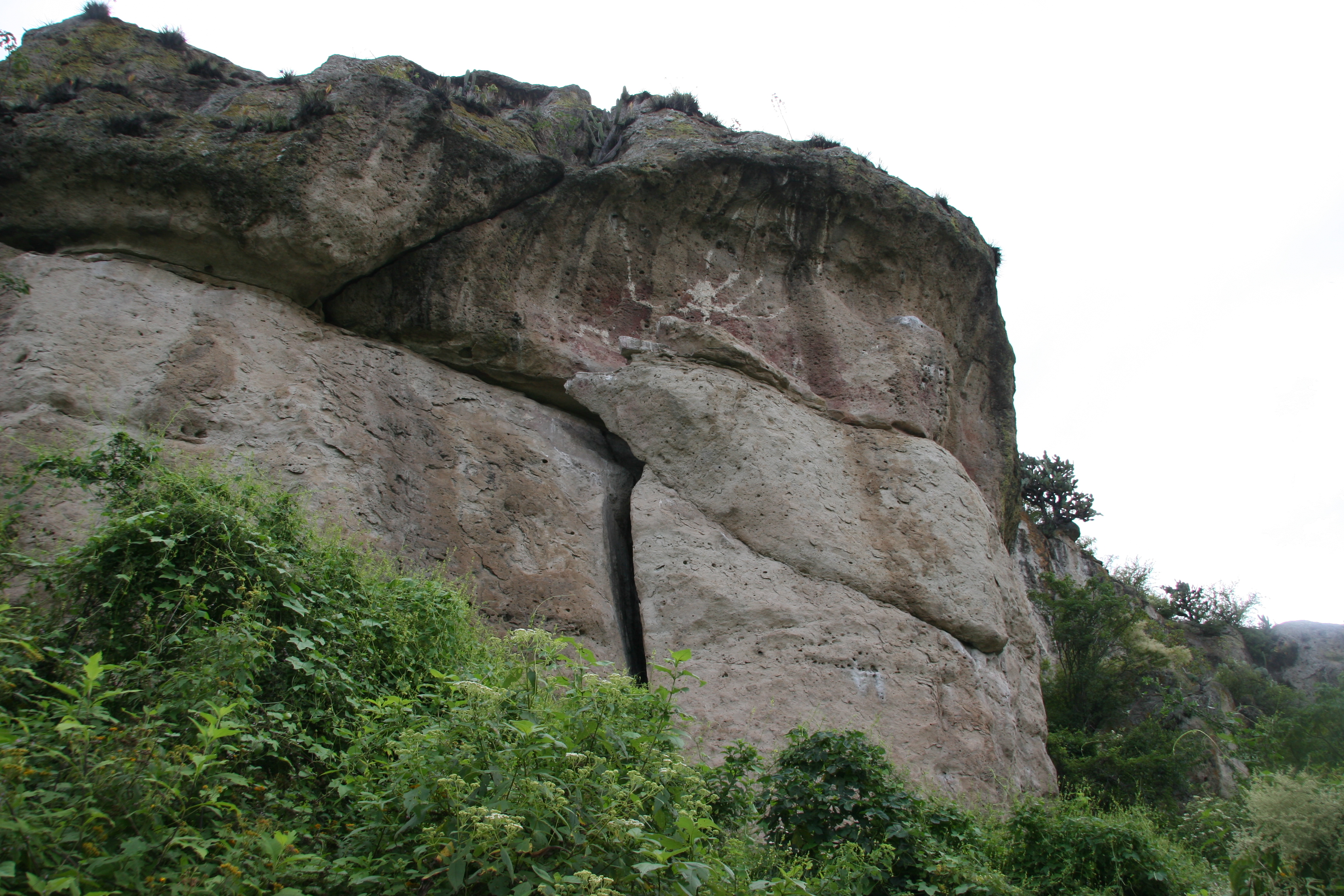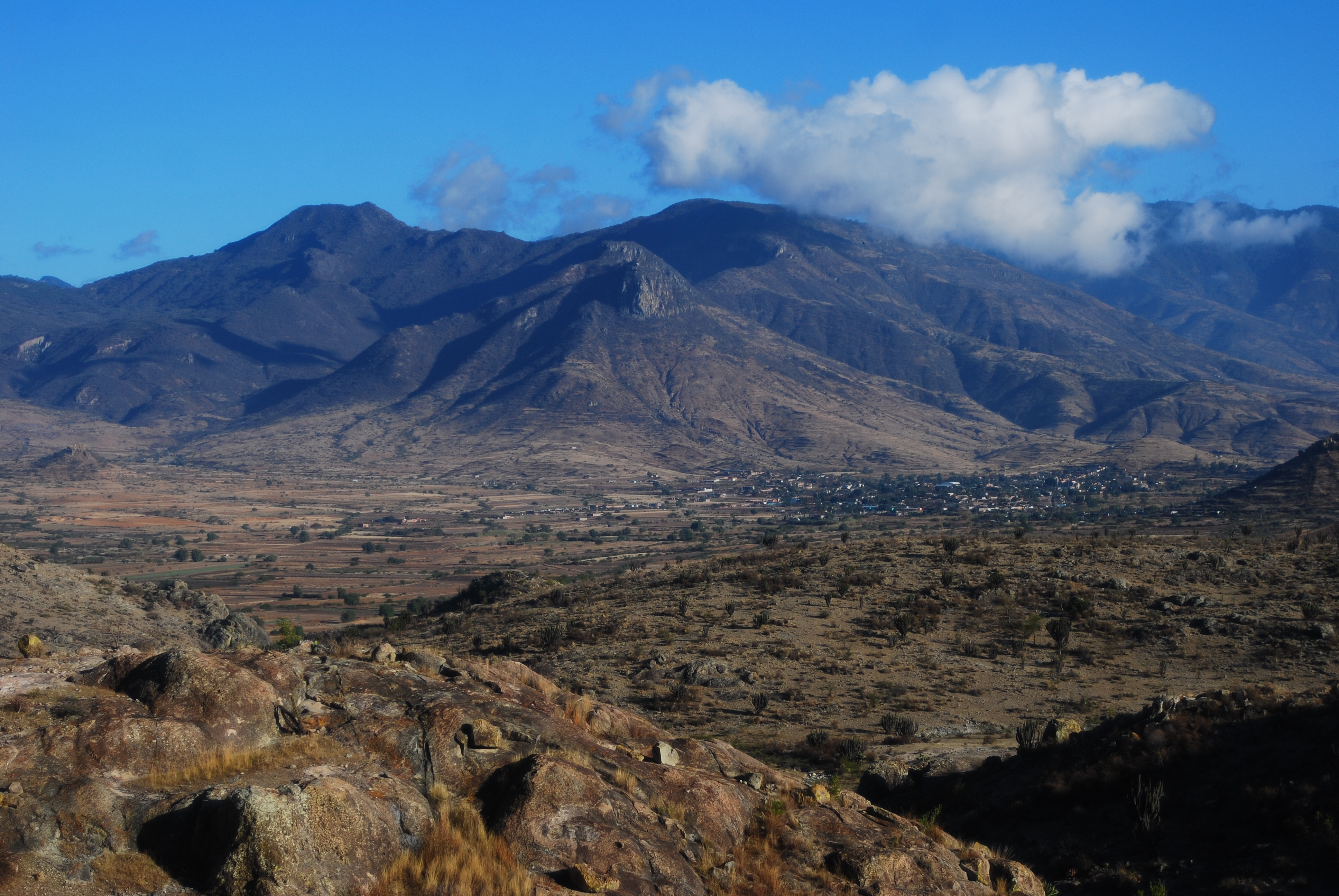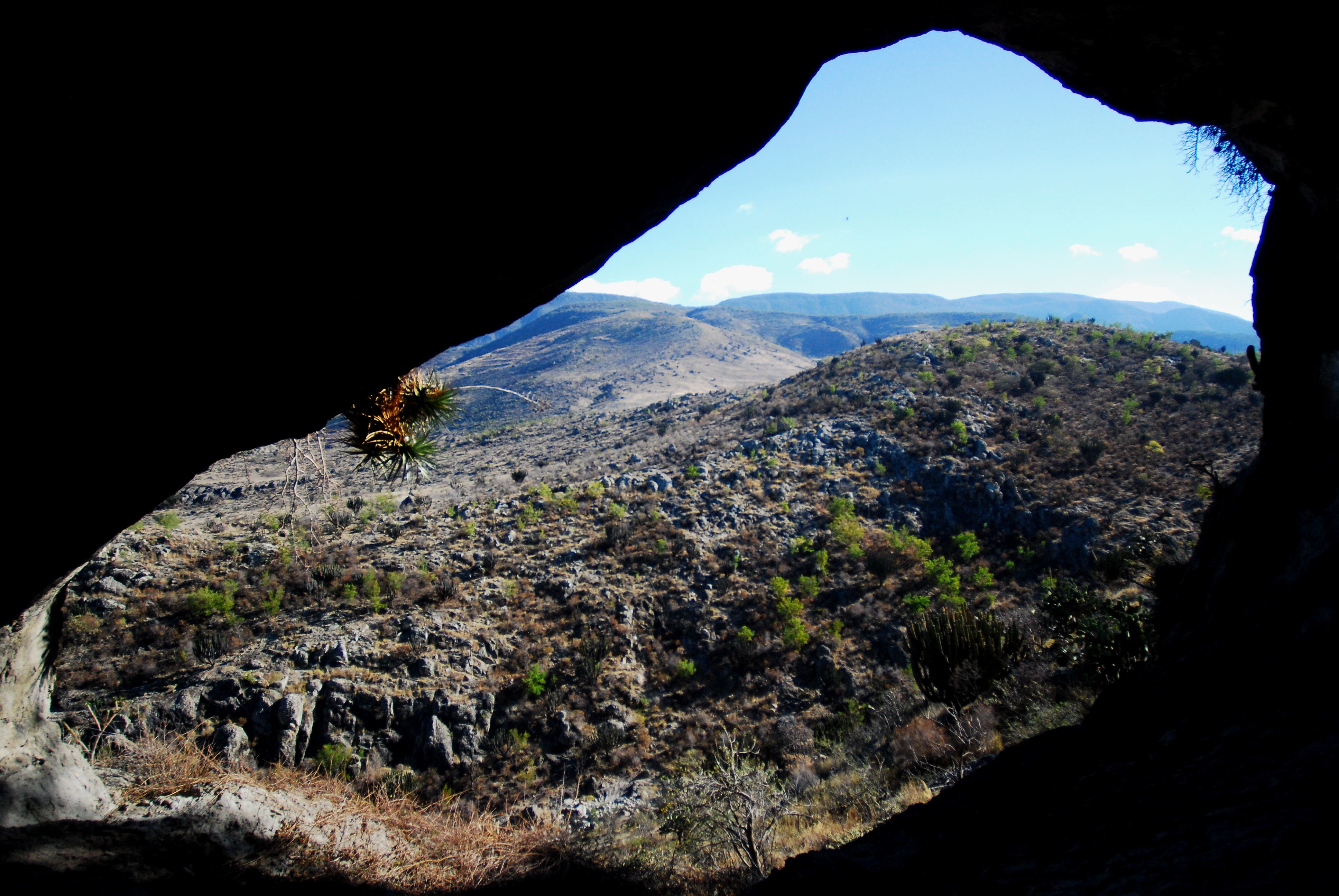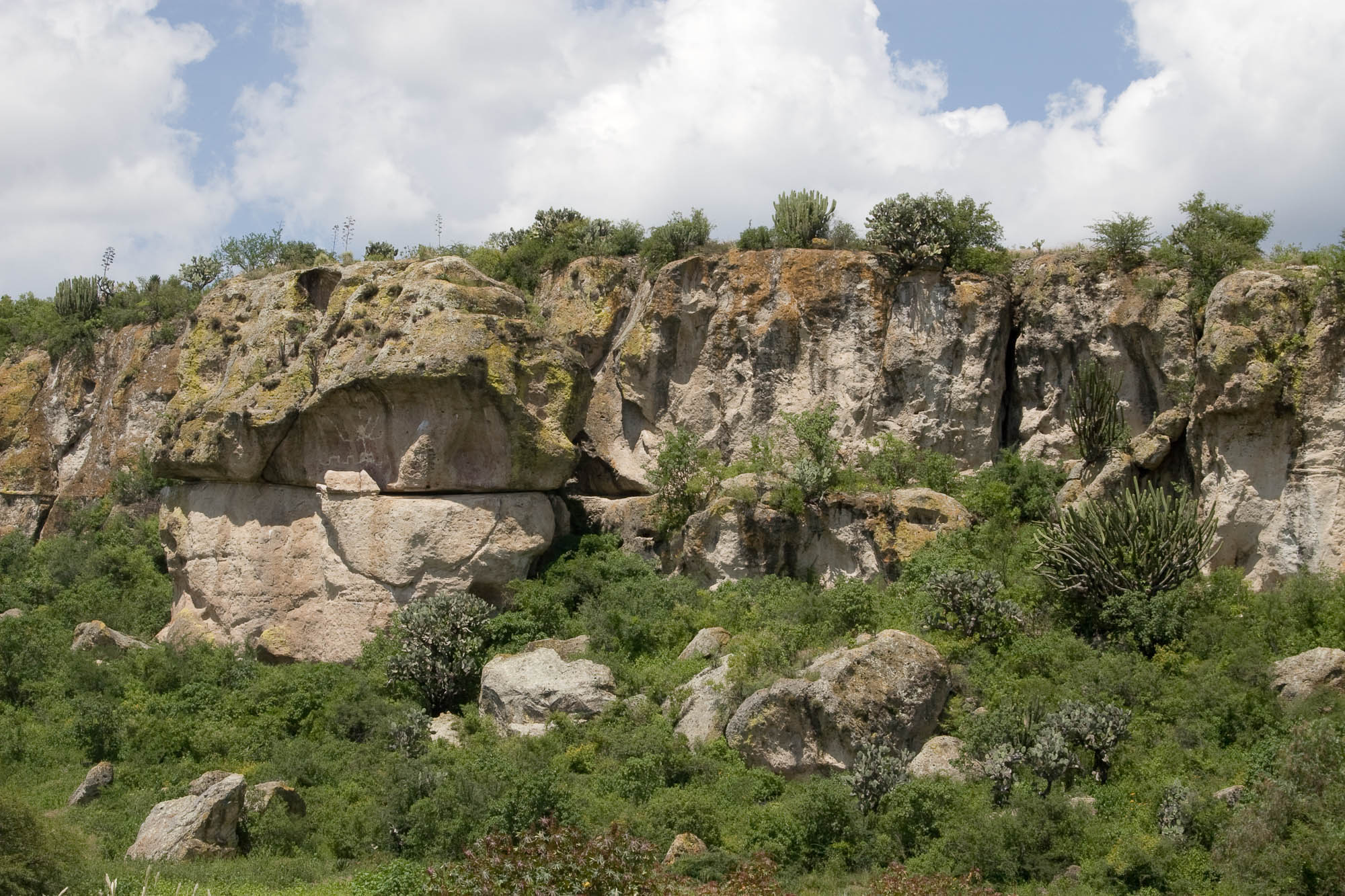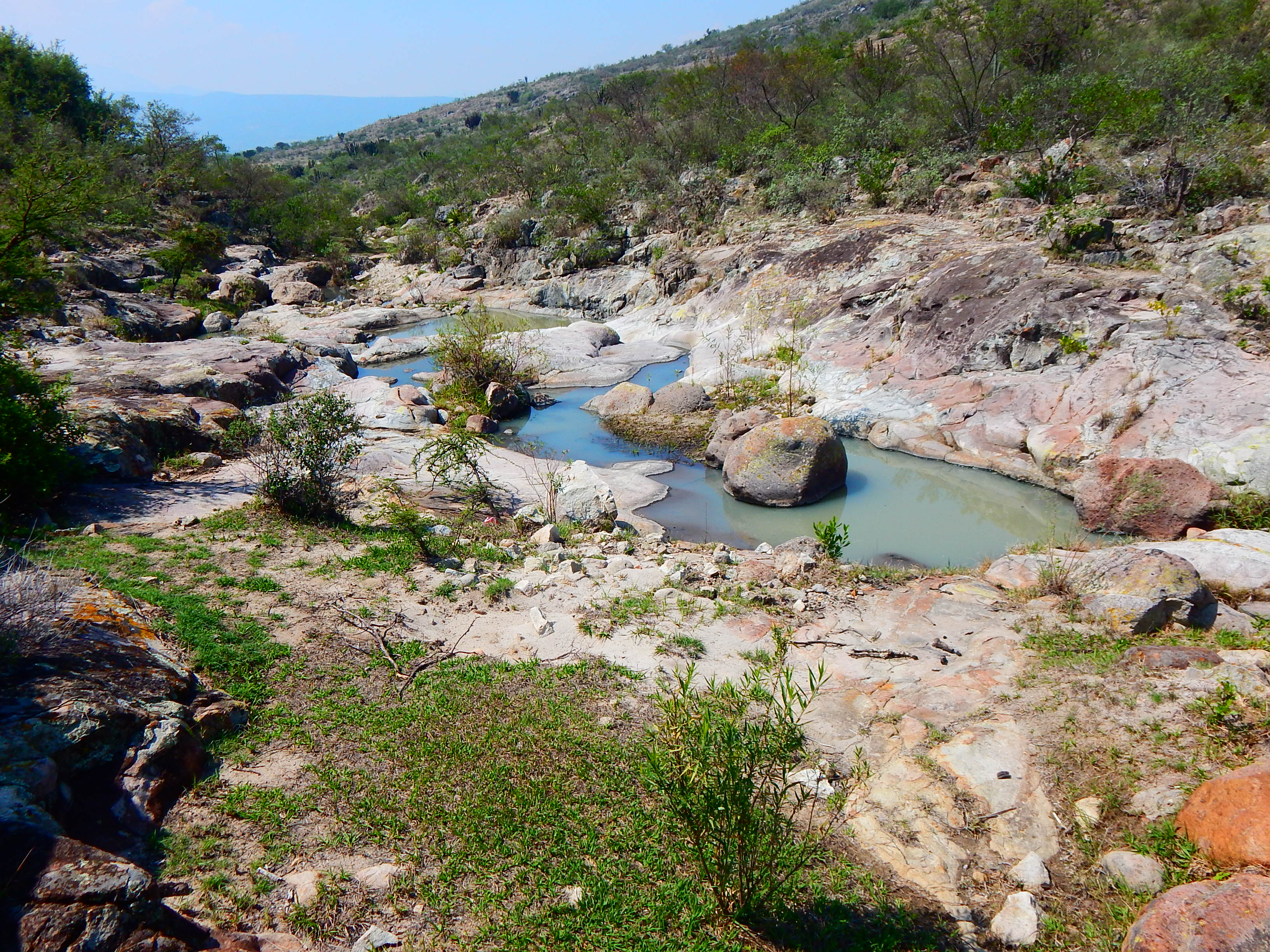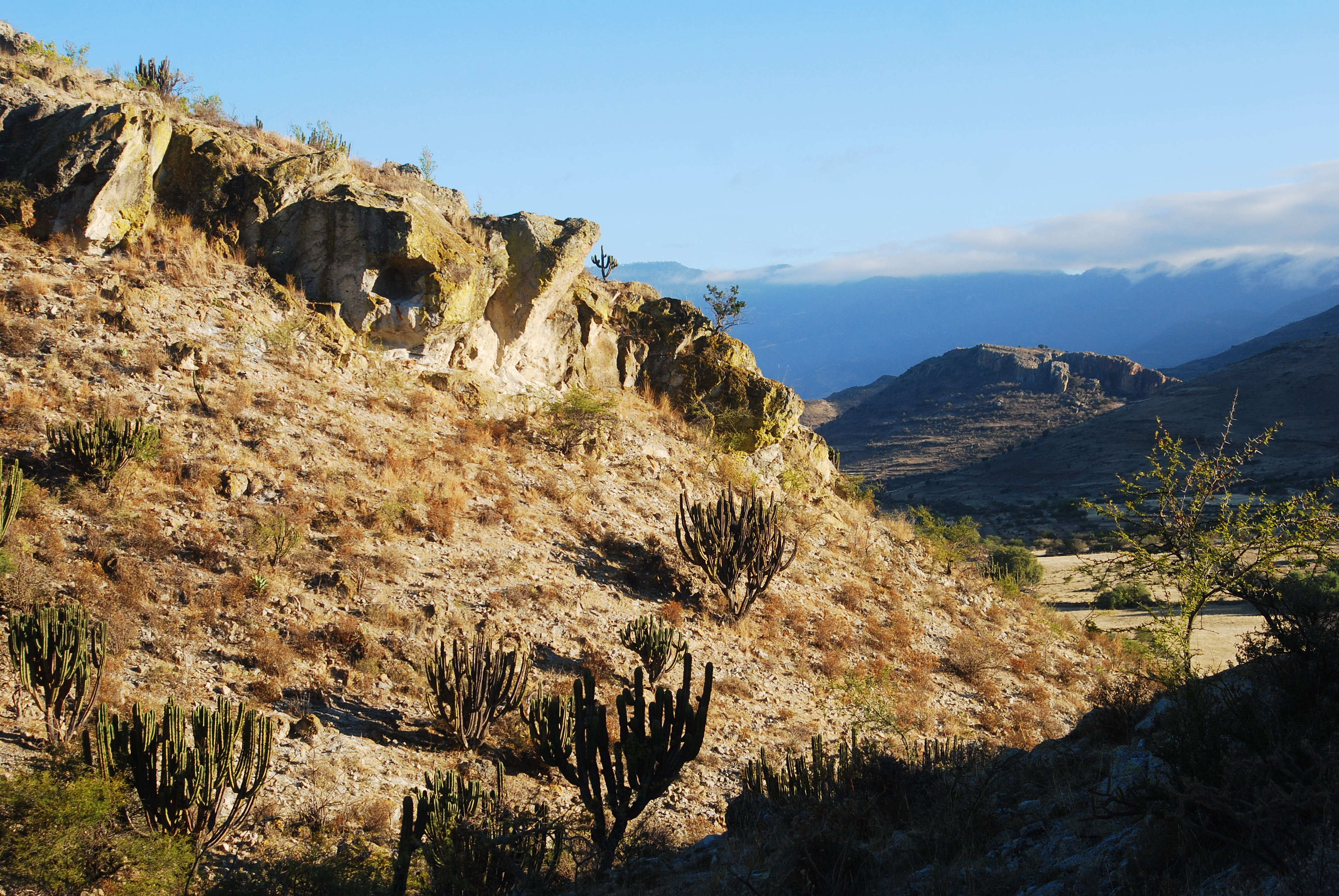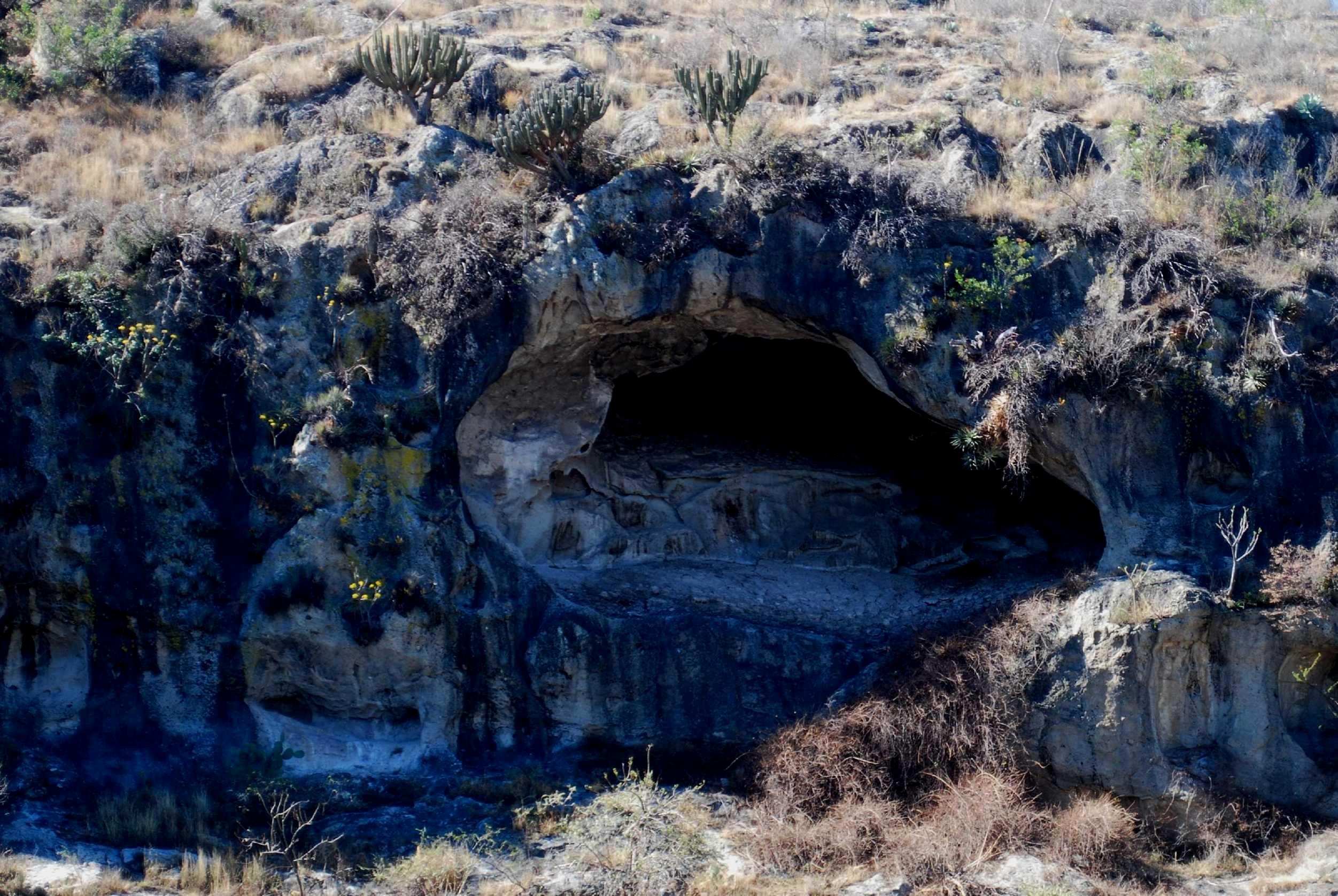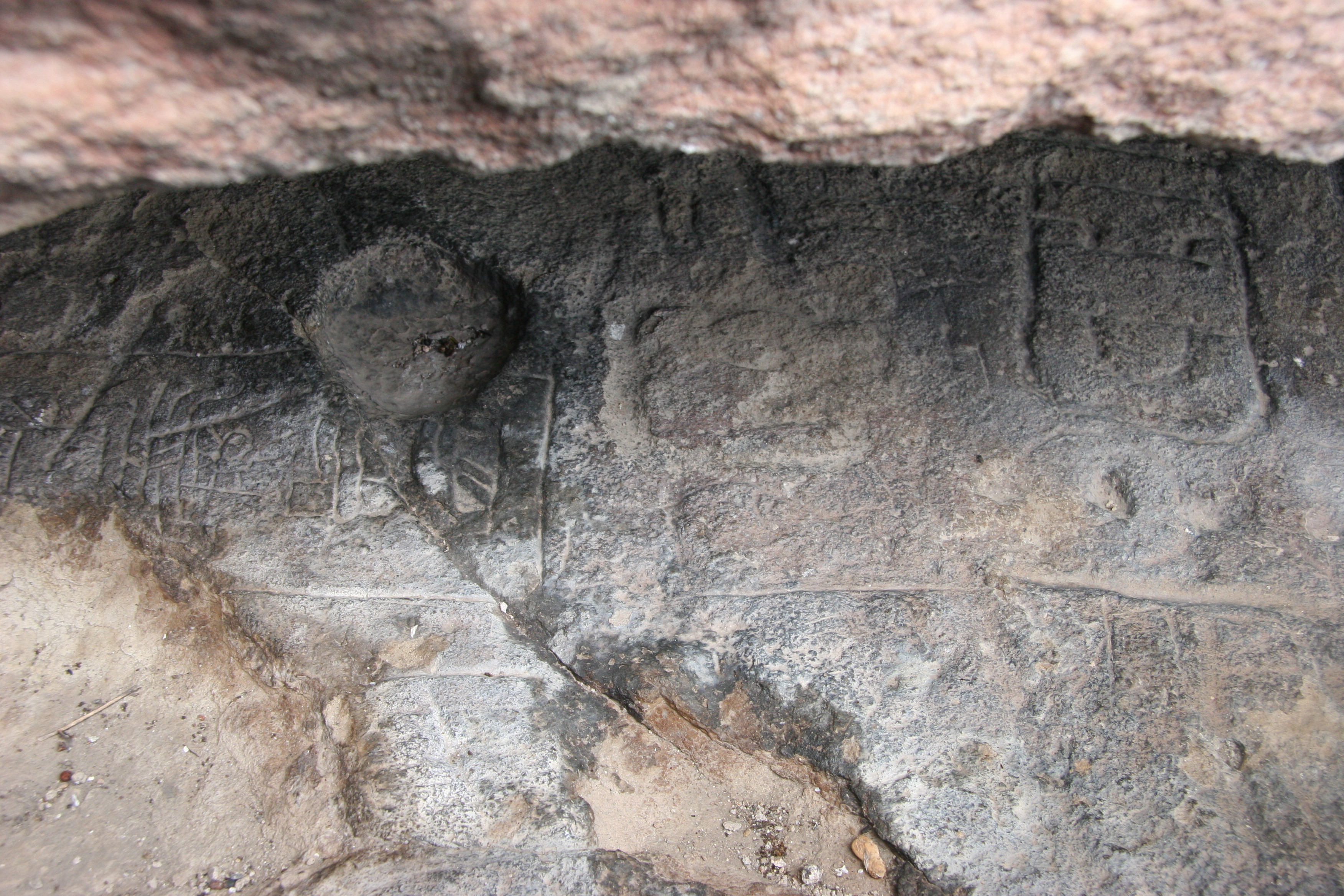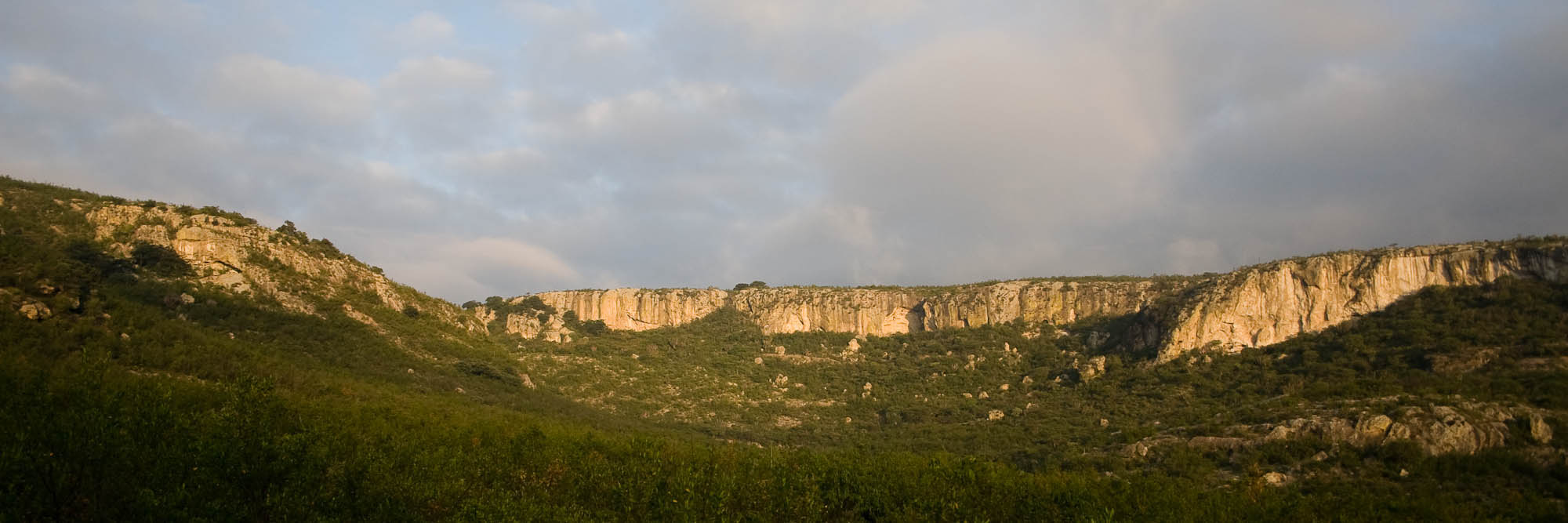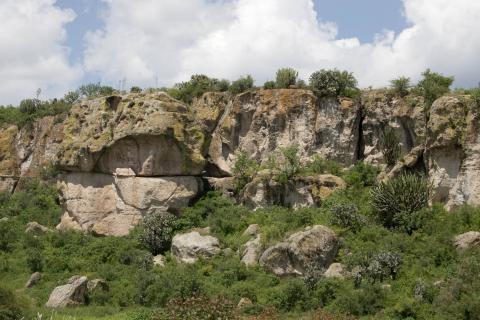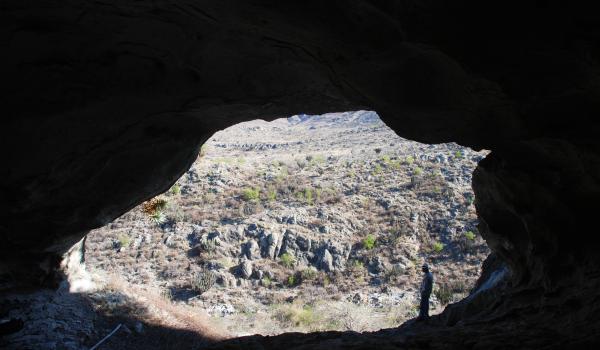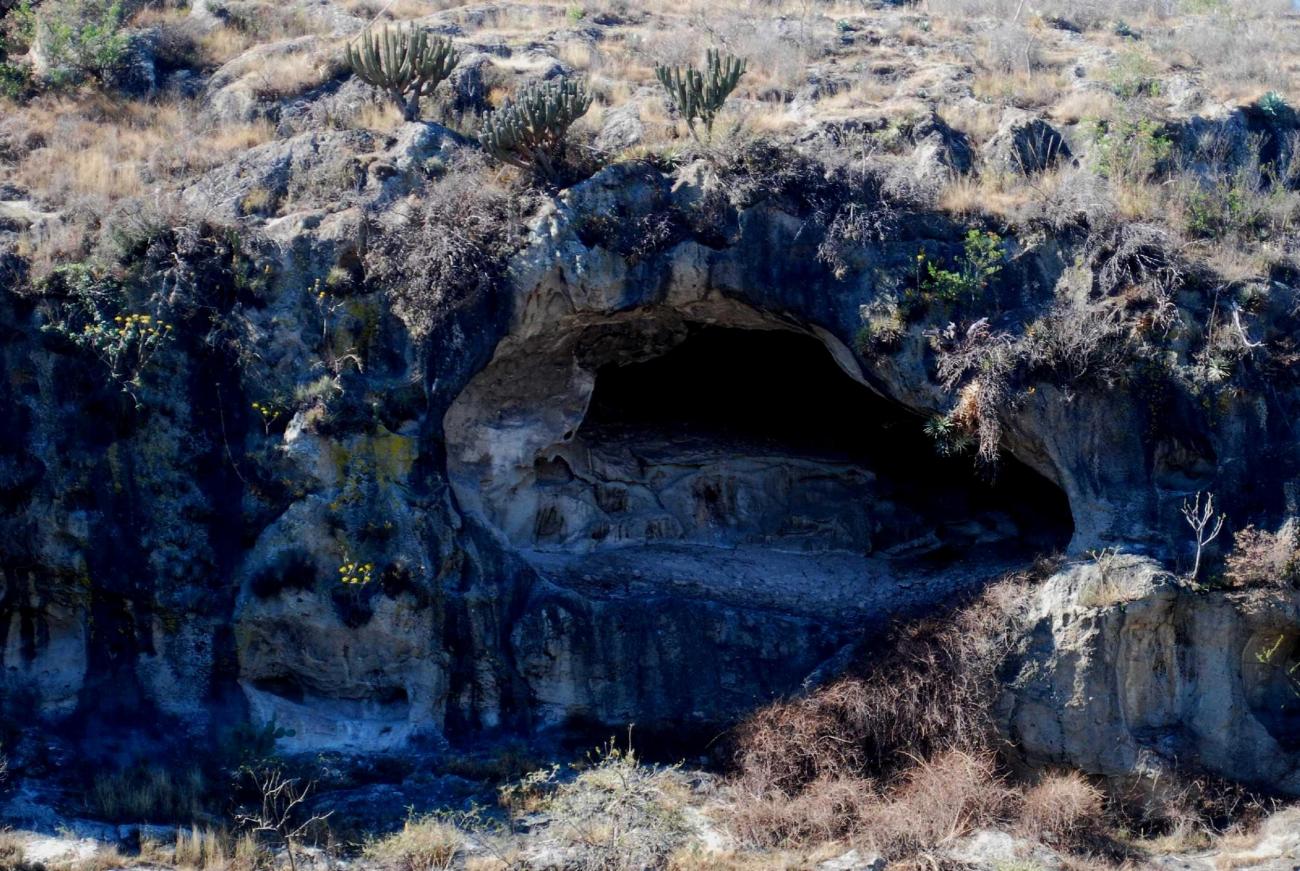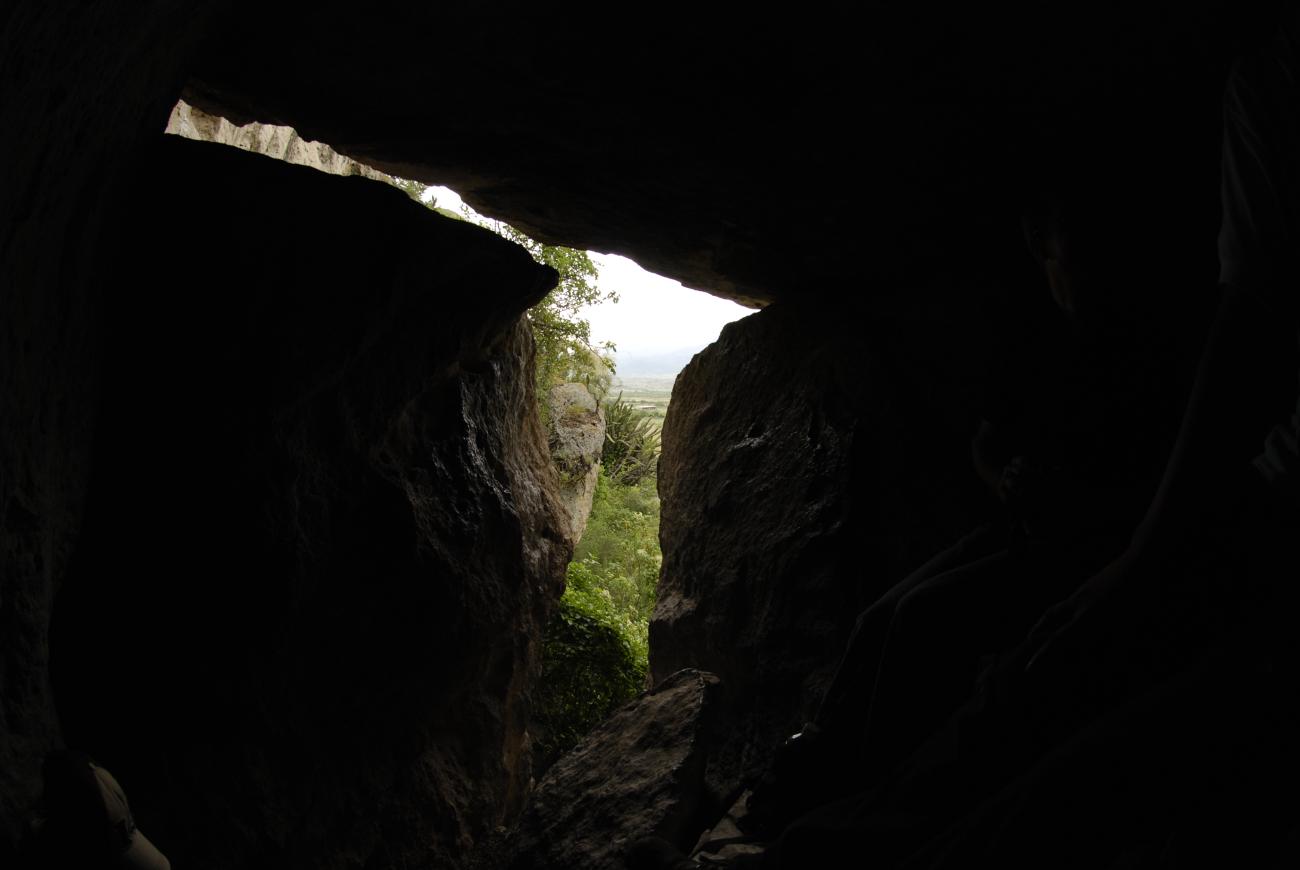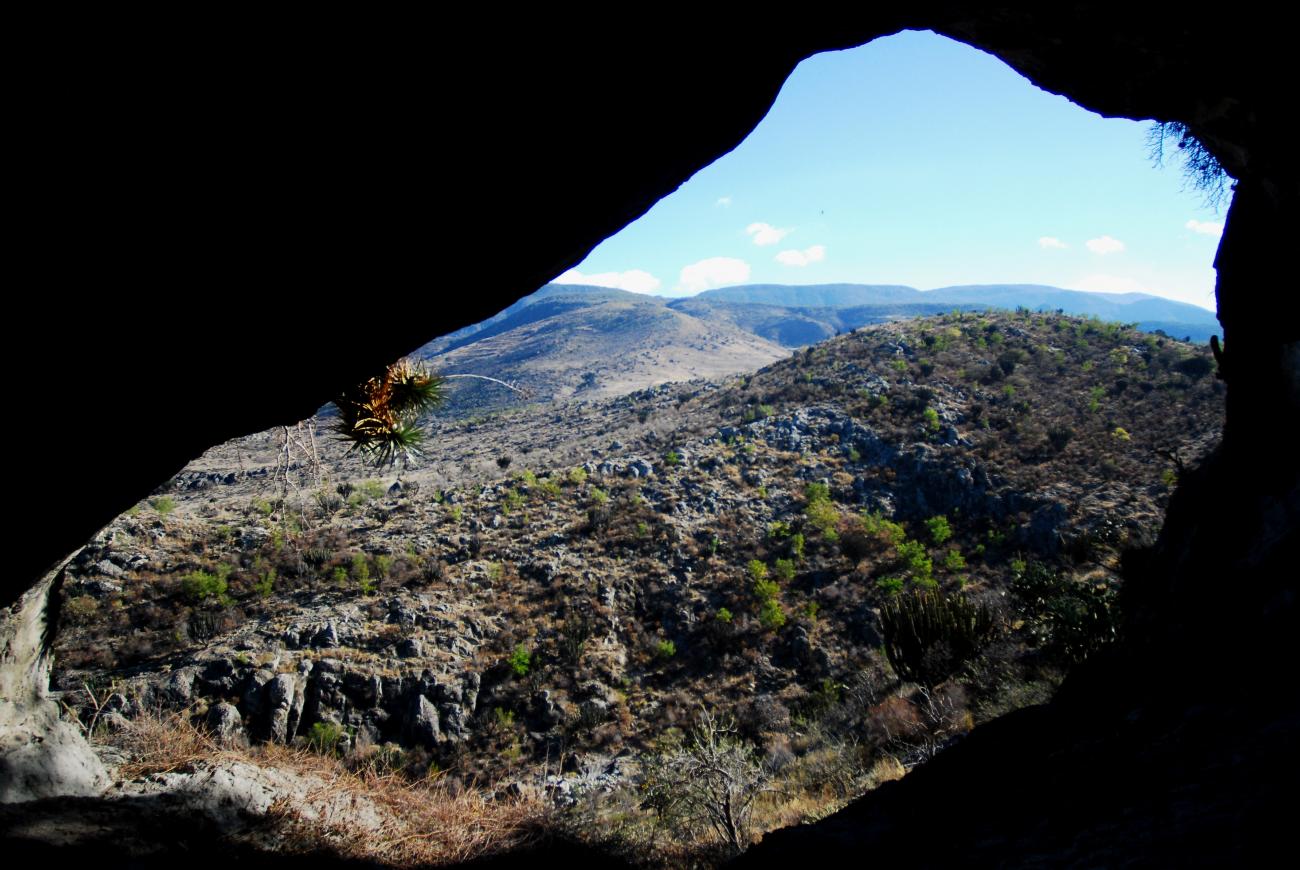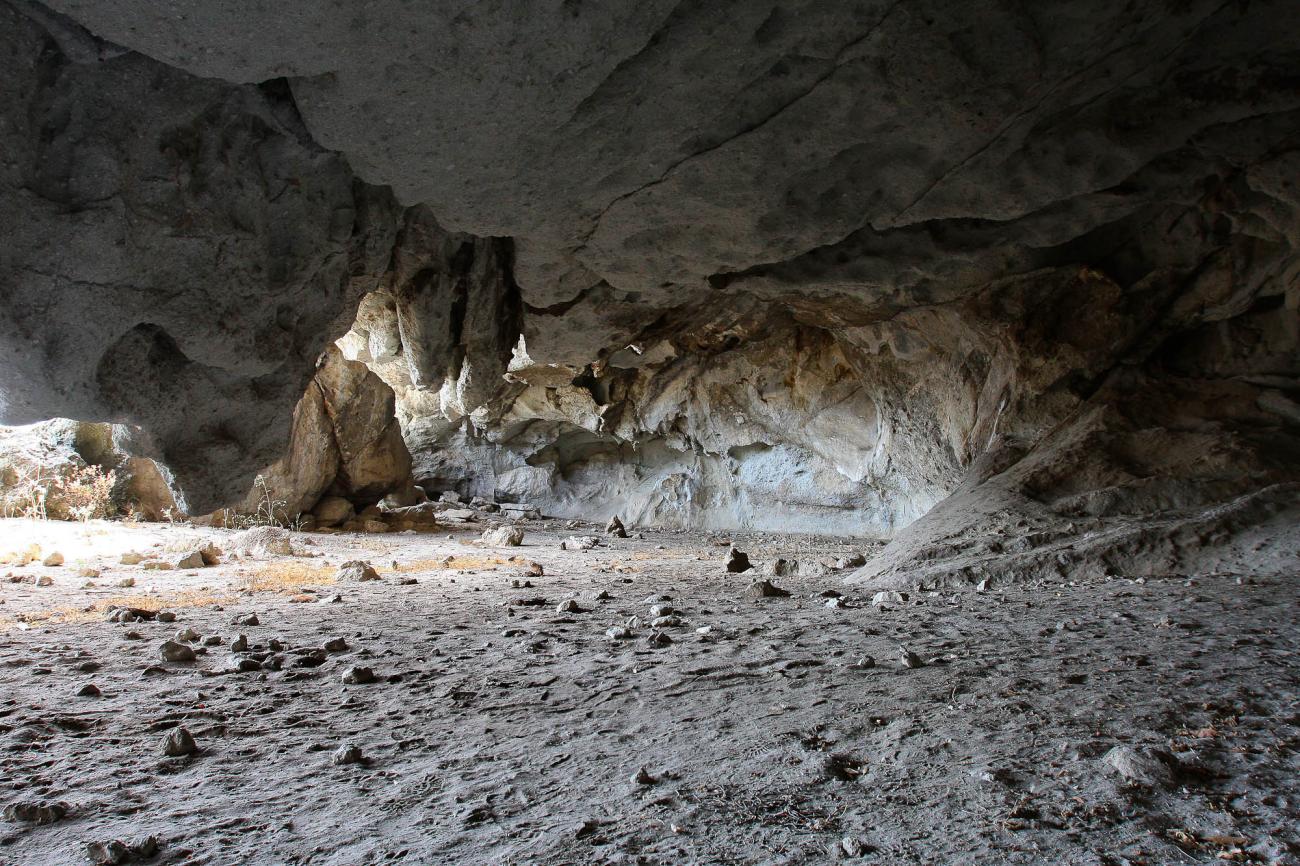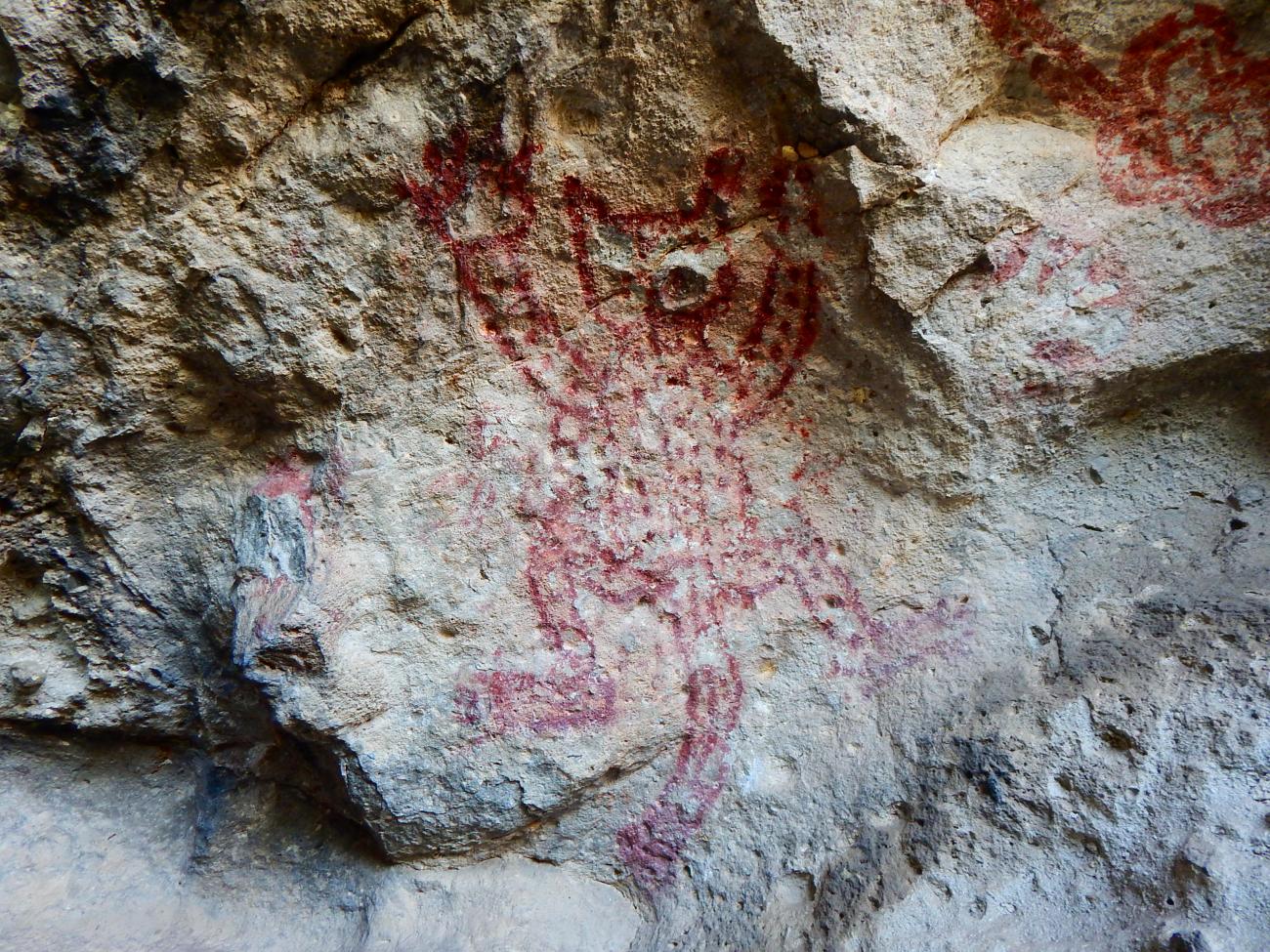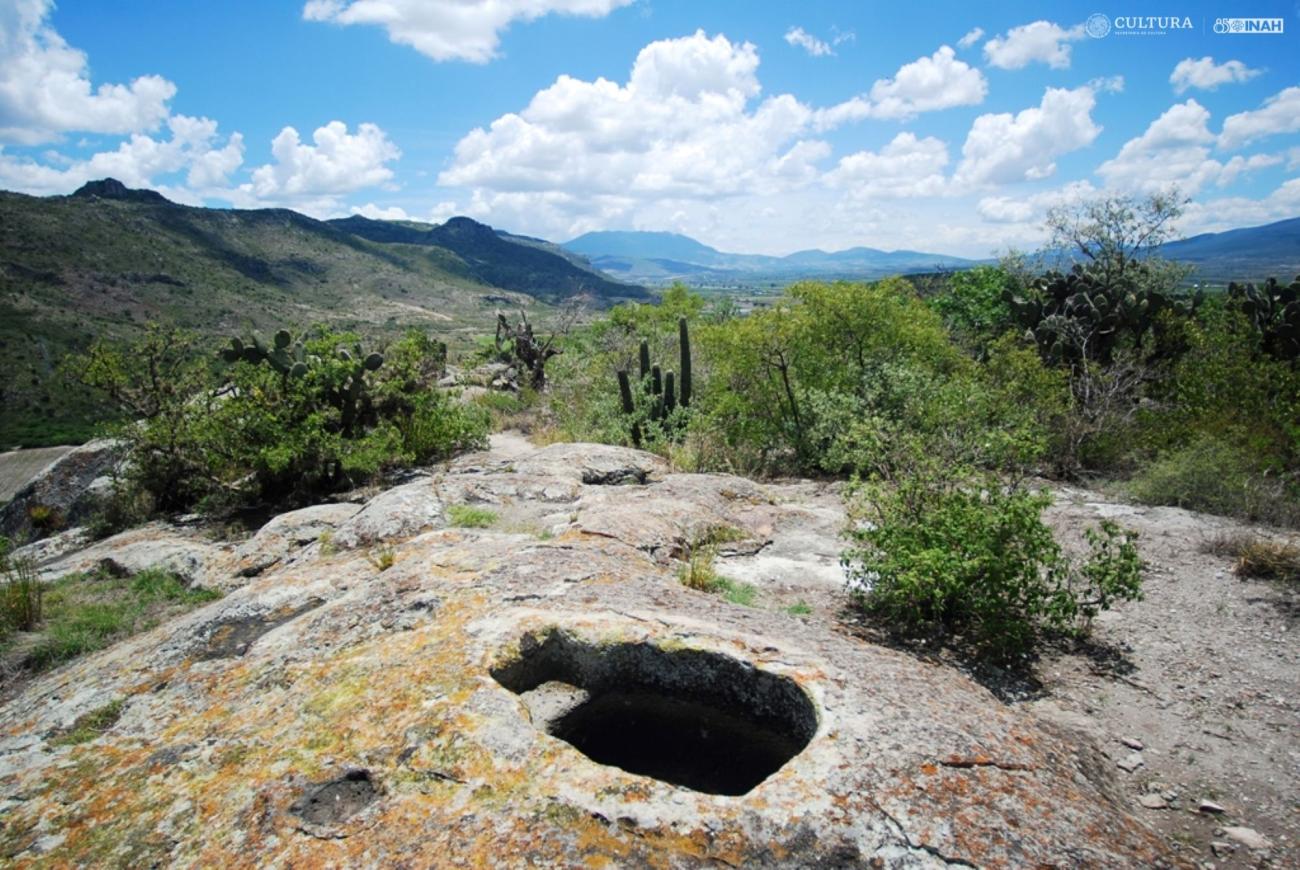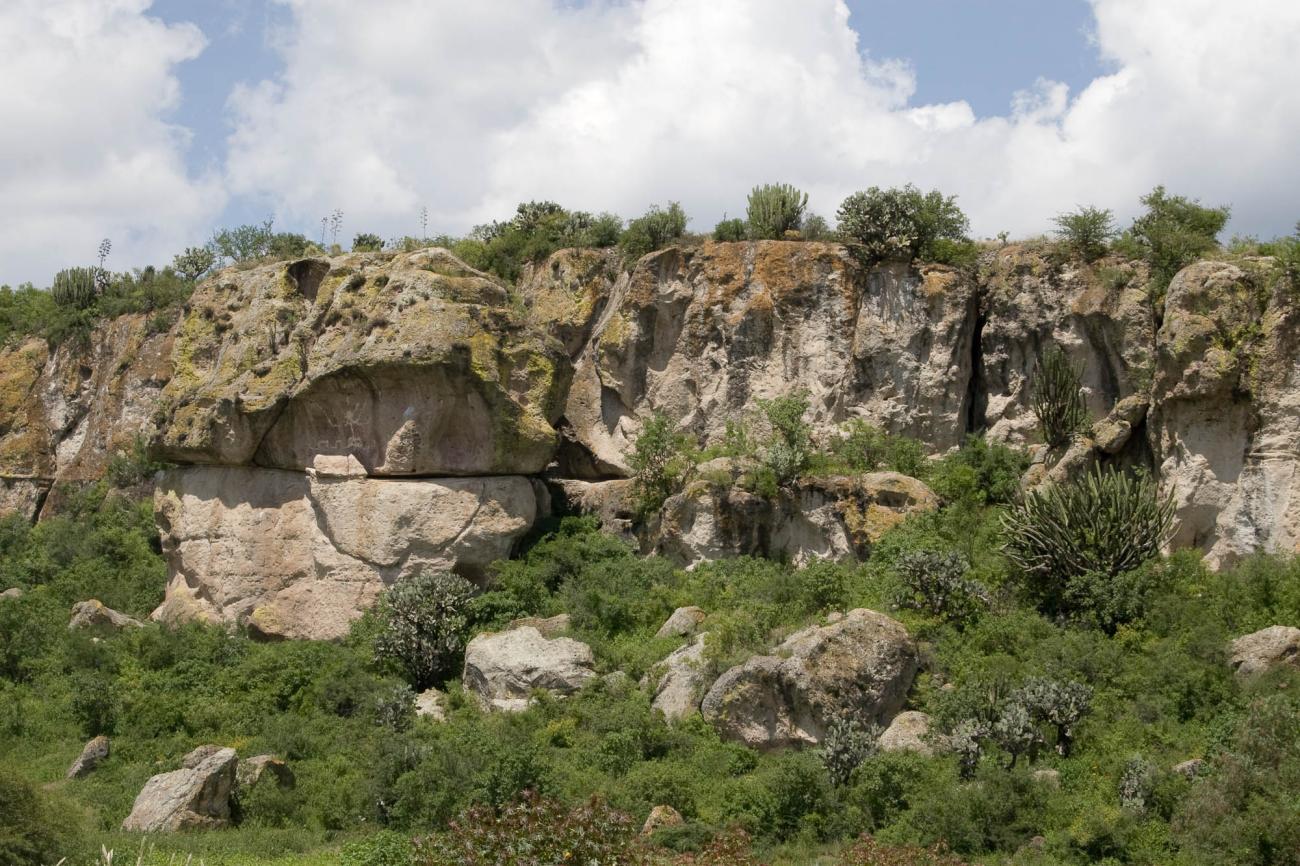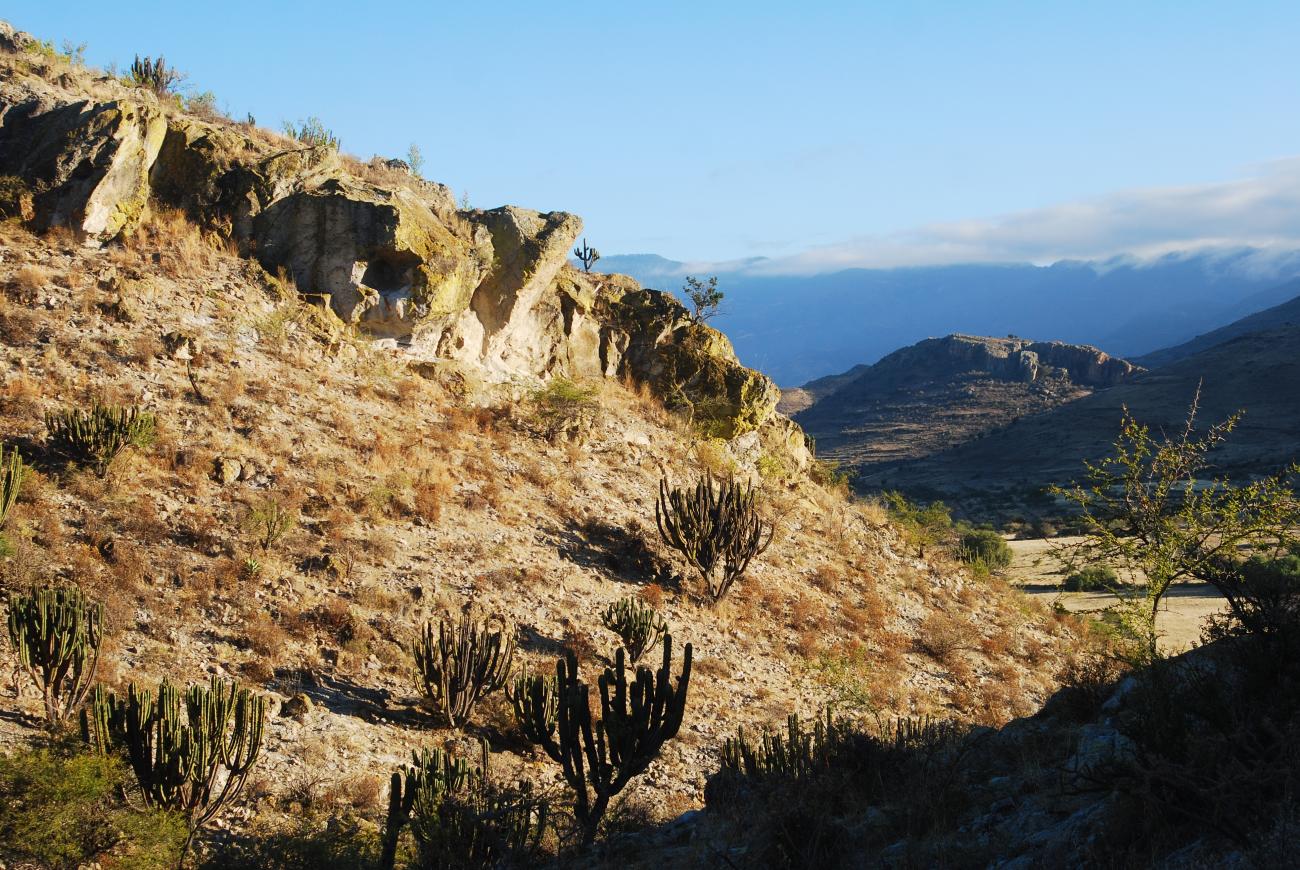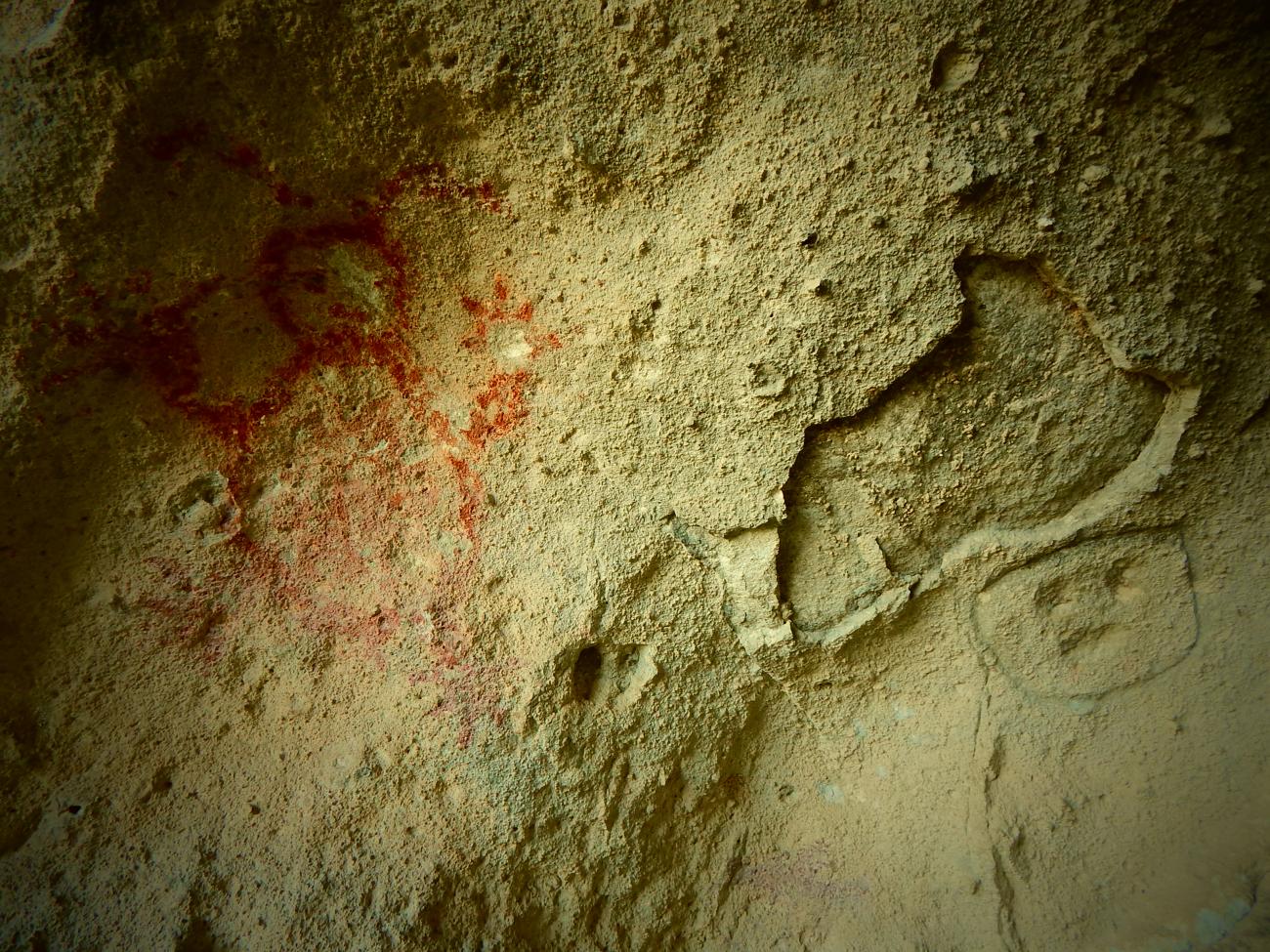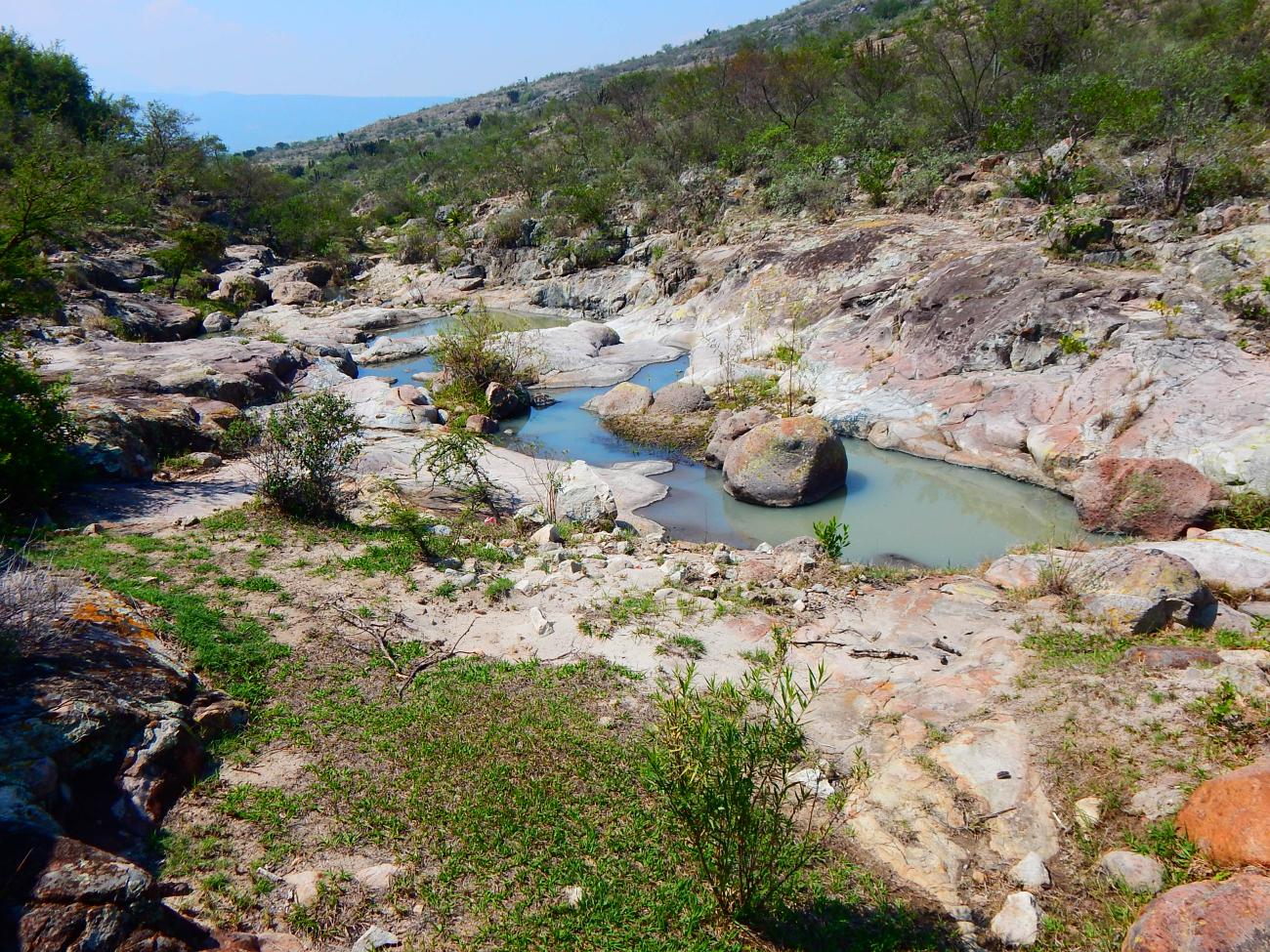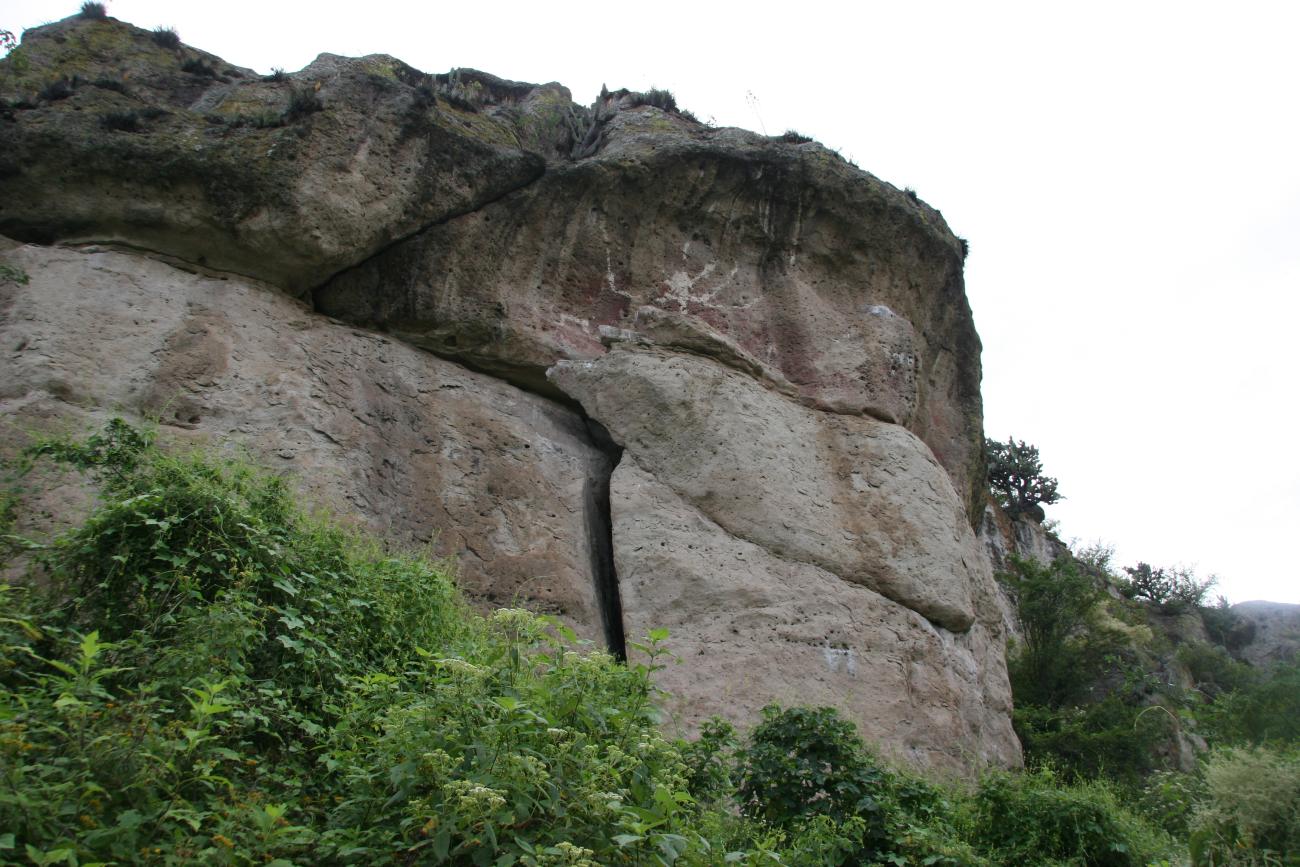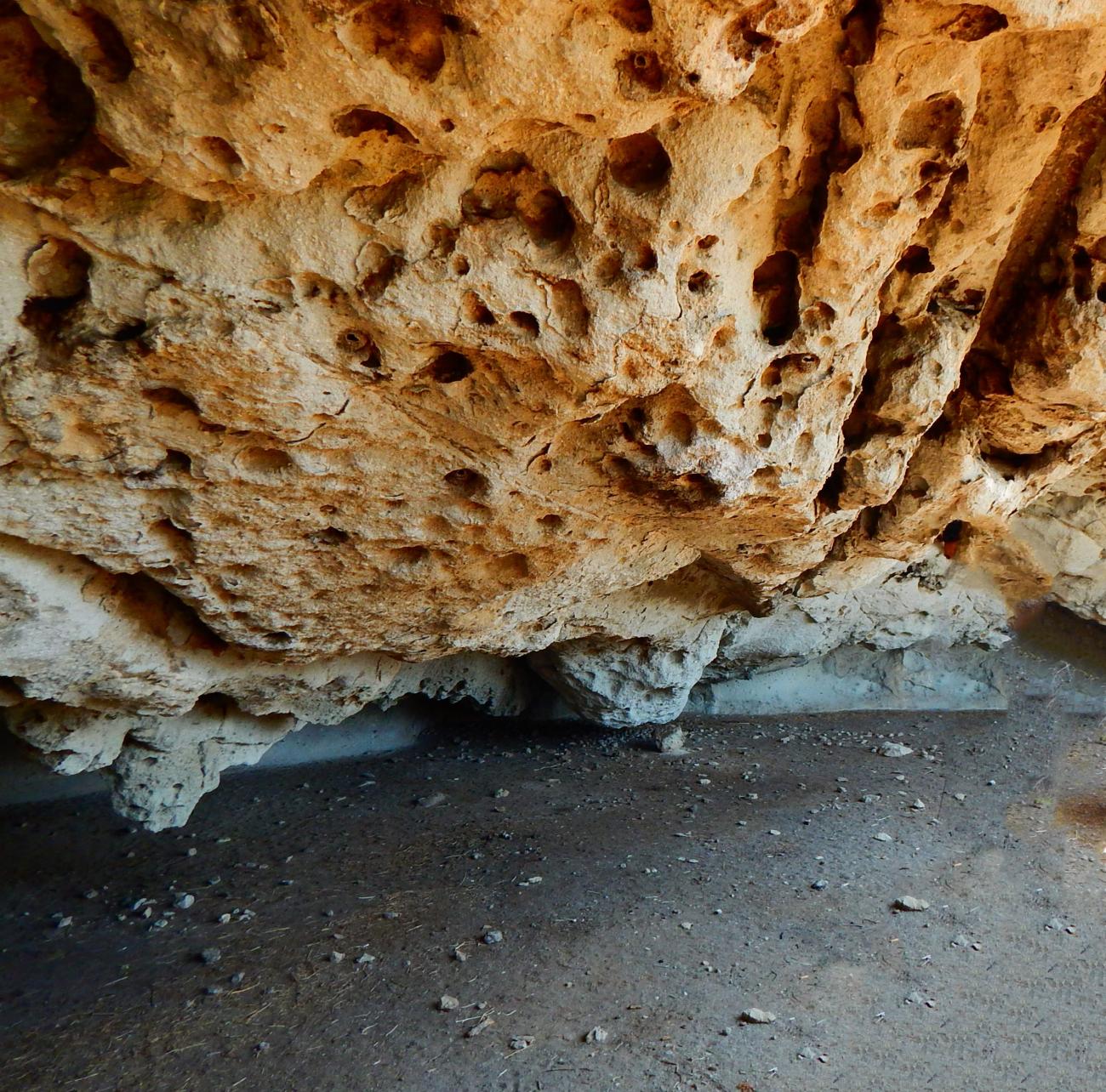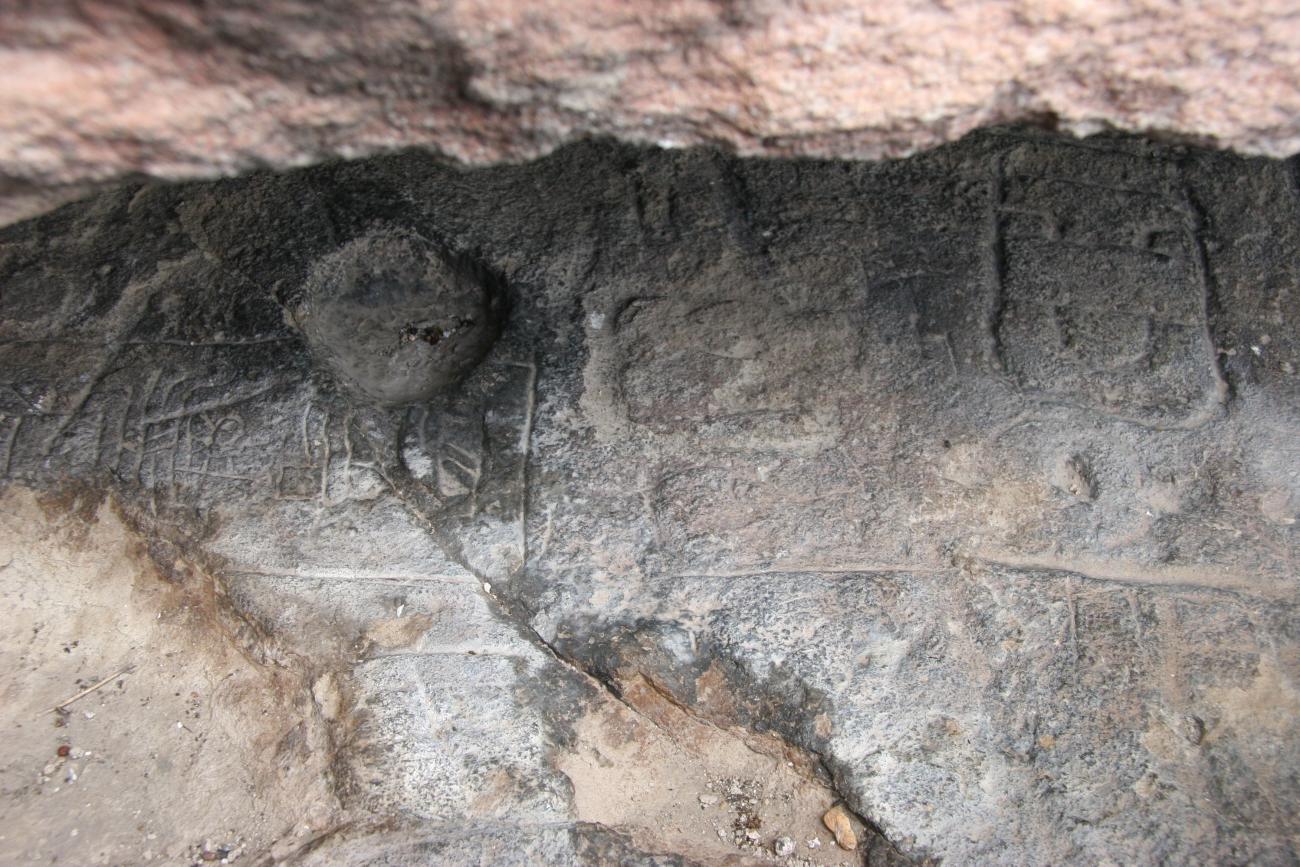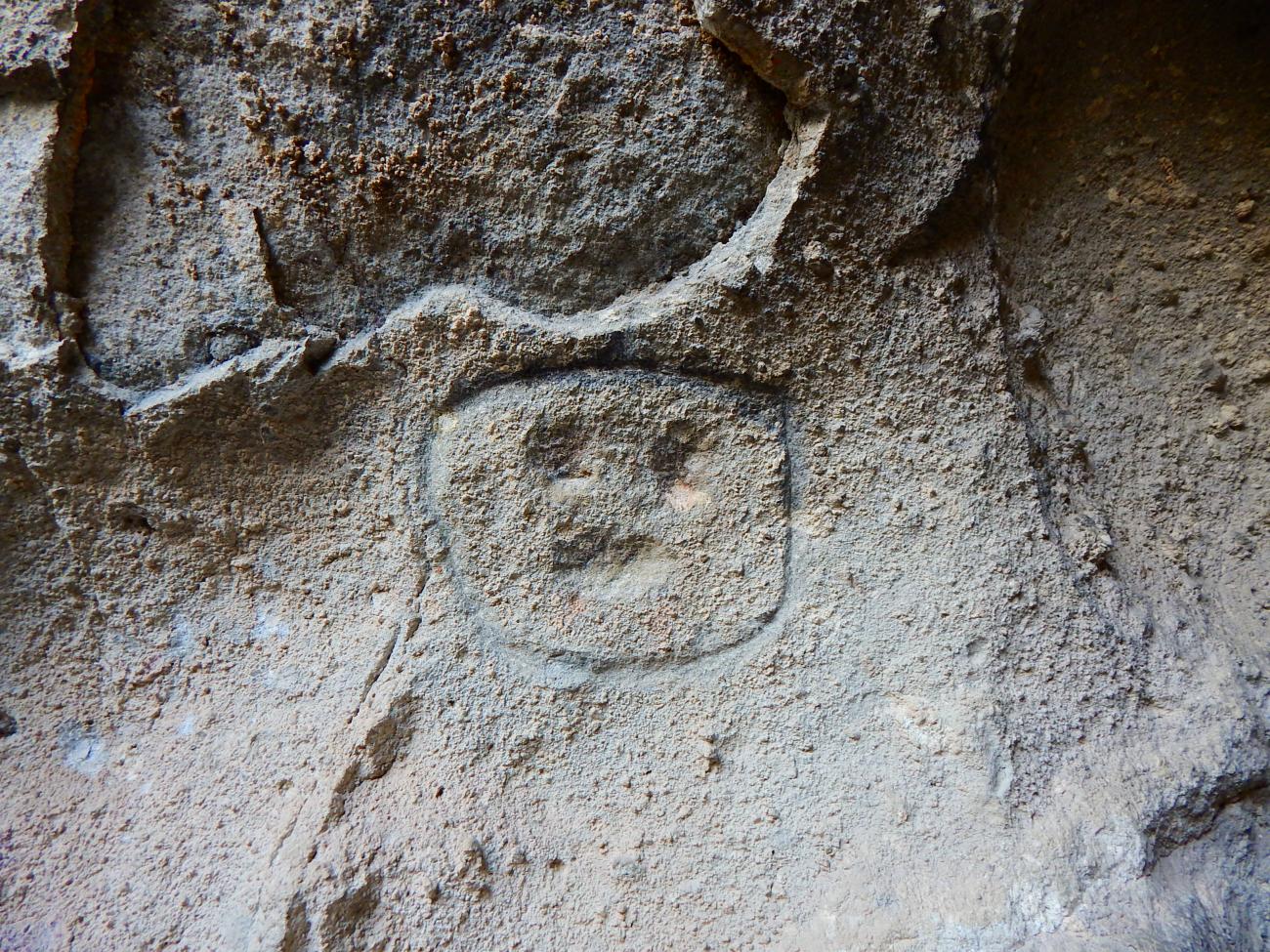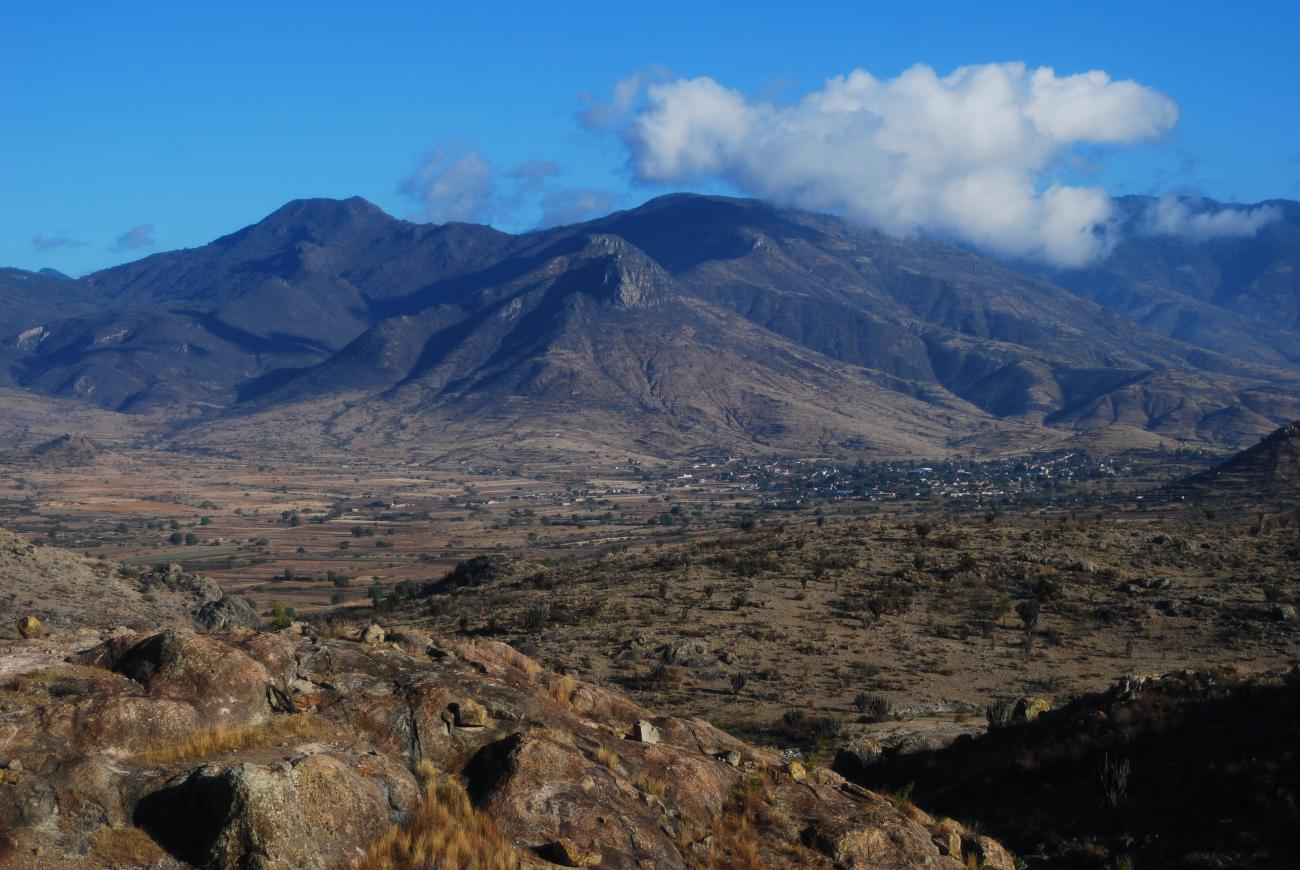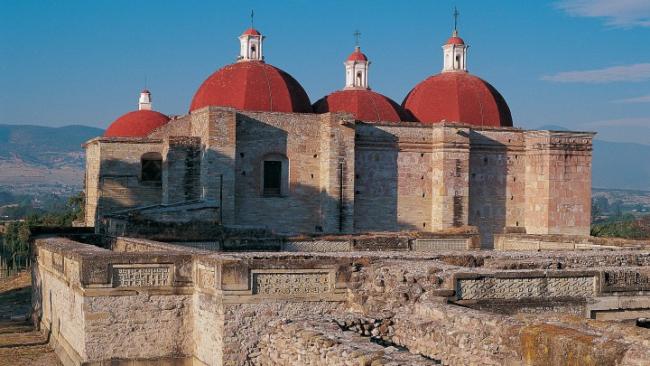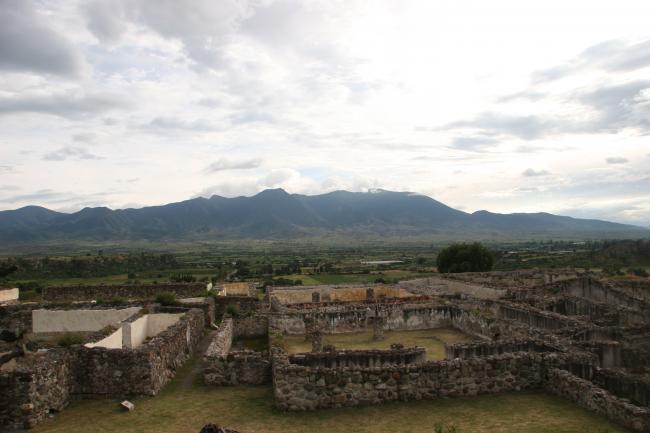In an extensive territory which is an example of low deciduous forest, the prehistoric caves of Yagul and Mitla in the central valleys of Oaxaca are of outstanding universal value with a variety of extraordinarily rich sites preserving very ancient evidence of the domestication of plants, especially corn, as well as a veritable compendium of plants useful for human survival.
The cultural landscape of the prehistoric caves of Yagul and Mitla consists of a series of caves and rock shelters with remains of human occupation going back to prehistoric times around 12,000 years ago. The main sites are named Duvil-Yasip, Yagul, Caballito Blanco, Los Compadres, El Fuerte, Corral de Piedra and Fortaleza de Mitla.
With the aim of documenting the archeological evidence, the National Institute of Anthropology and History began a long-term research and conservation project at the prehistoric caves of Yagul and Mitla in 1986, covering the investigation and detailed documentation of all the caves, rock shelters and open sites including workshops, camps and quarries.
To date this project has recorded more than 100 caves and rock shelters with a high percentage of human occupation. The clearest evidence of this occupation can be seen at these sites, such as rock paintings and carvings, as well as the presence of lithic materials on the surface which demonstrate the development of stone artifacts in different cultural periods.
Because of its importance as a most ancient site, in 2010 UNESCO registered the prehistoric caves of Yagul and Mitla as a World Heritage Site, in the category of cultural landscapes of outstanding universal value.

